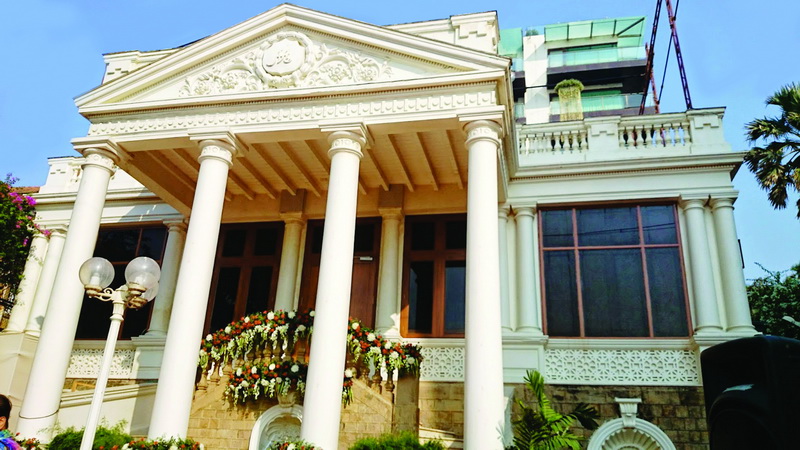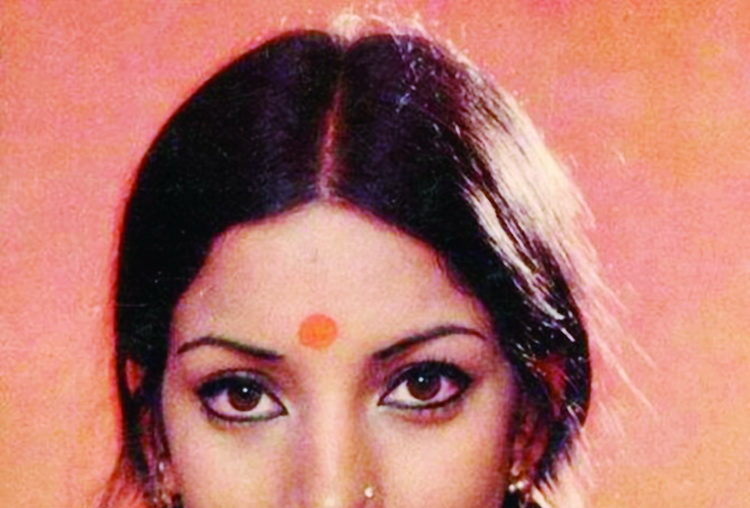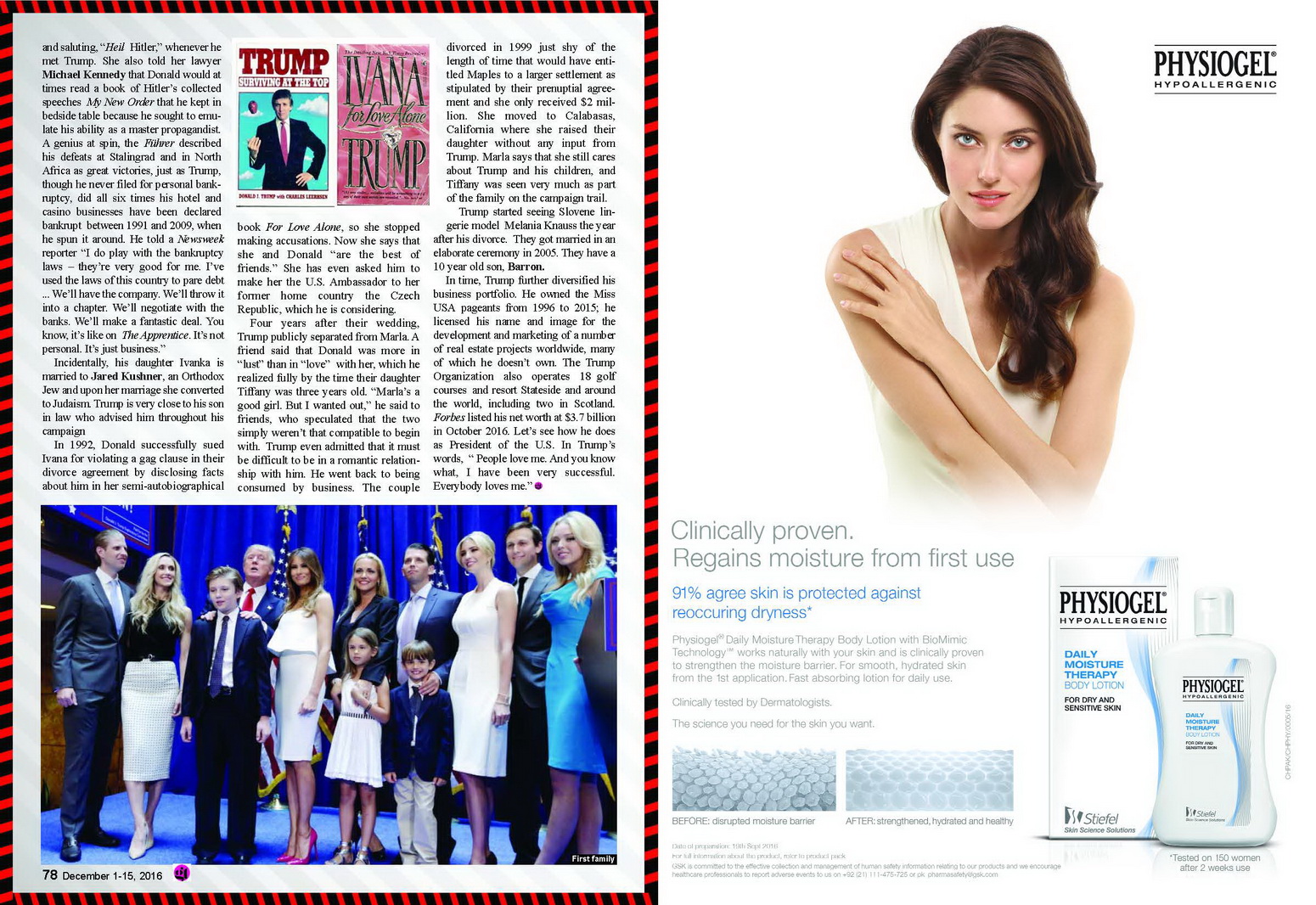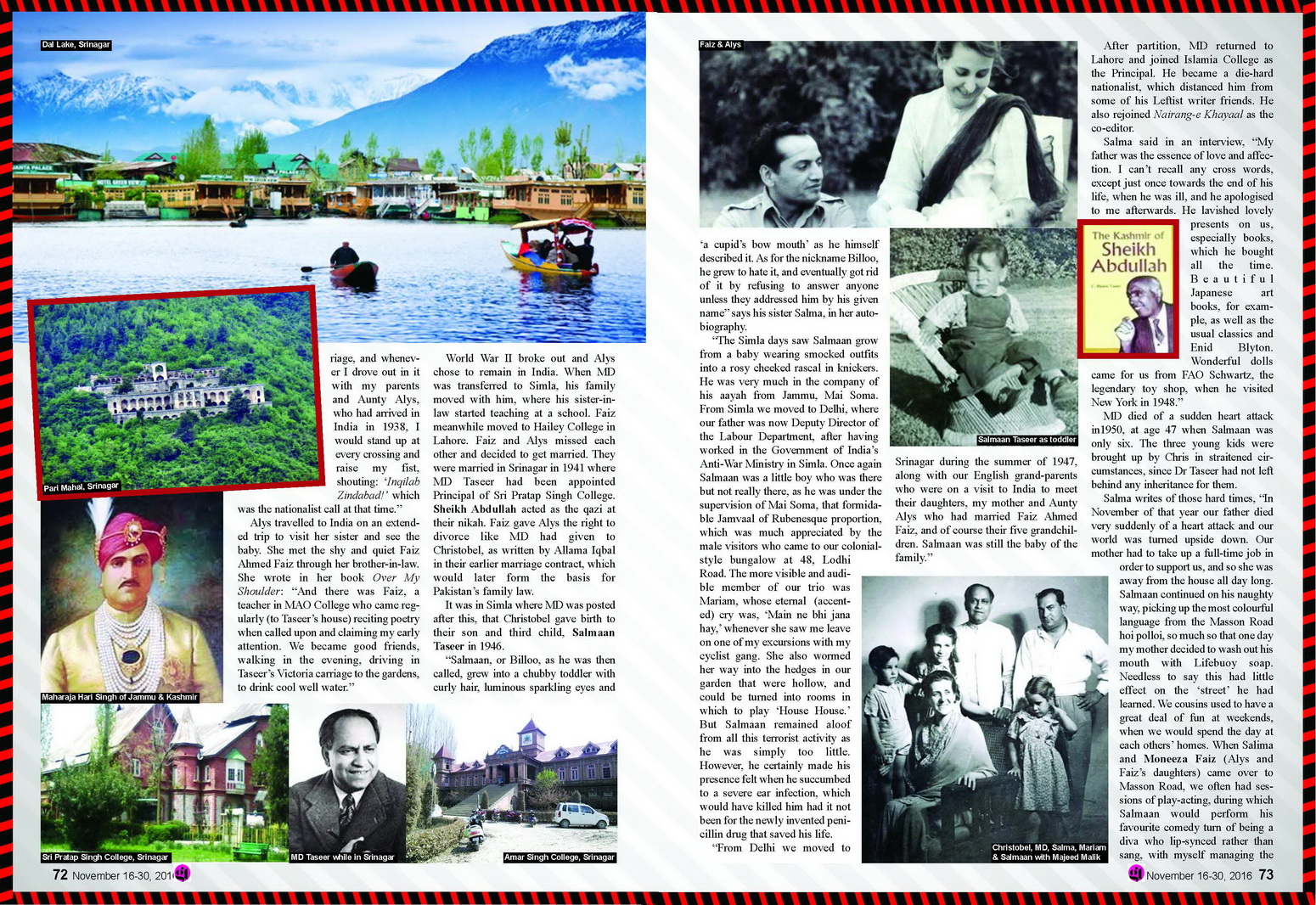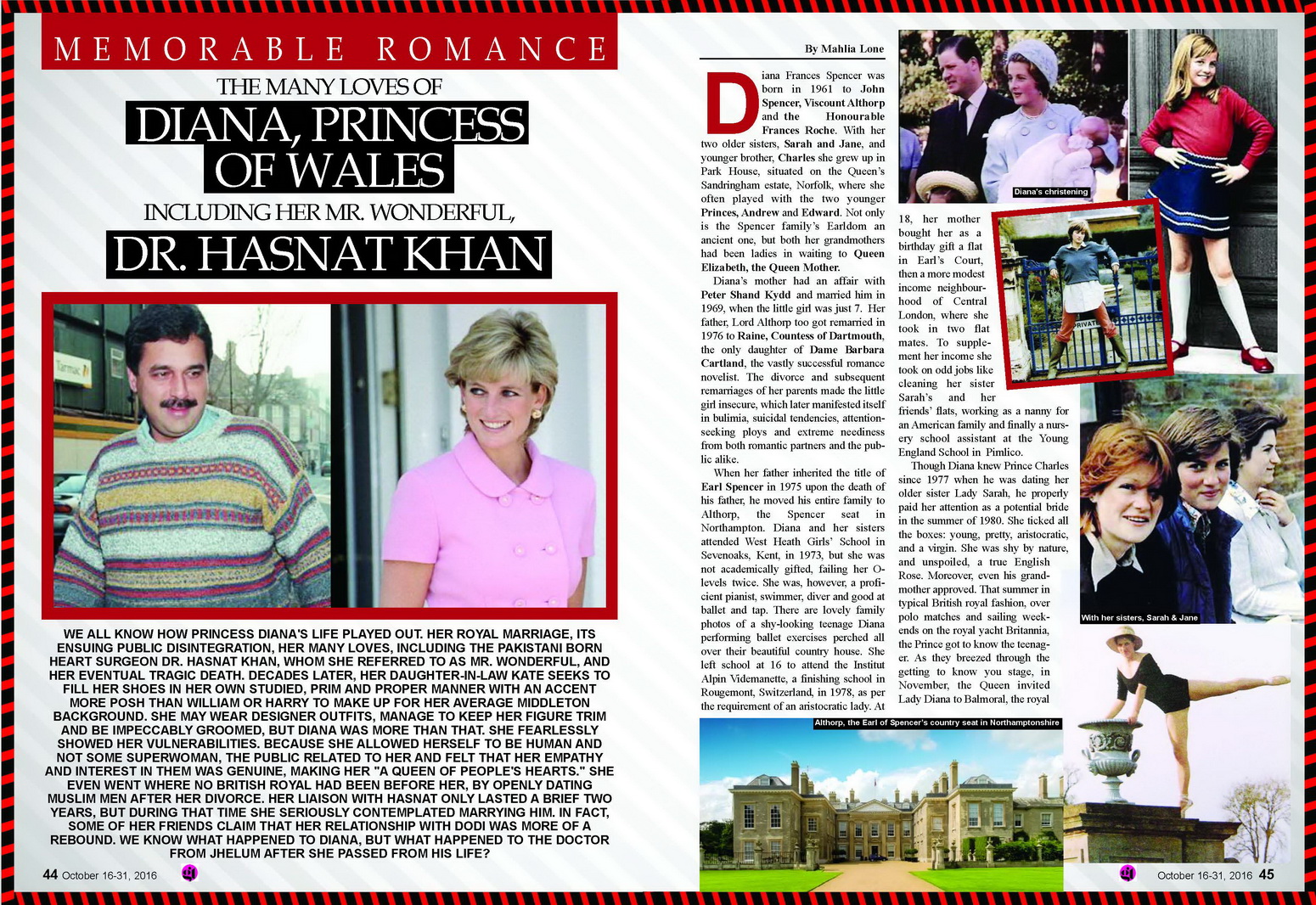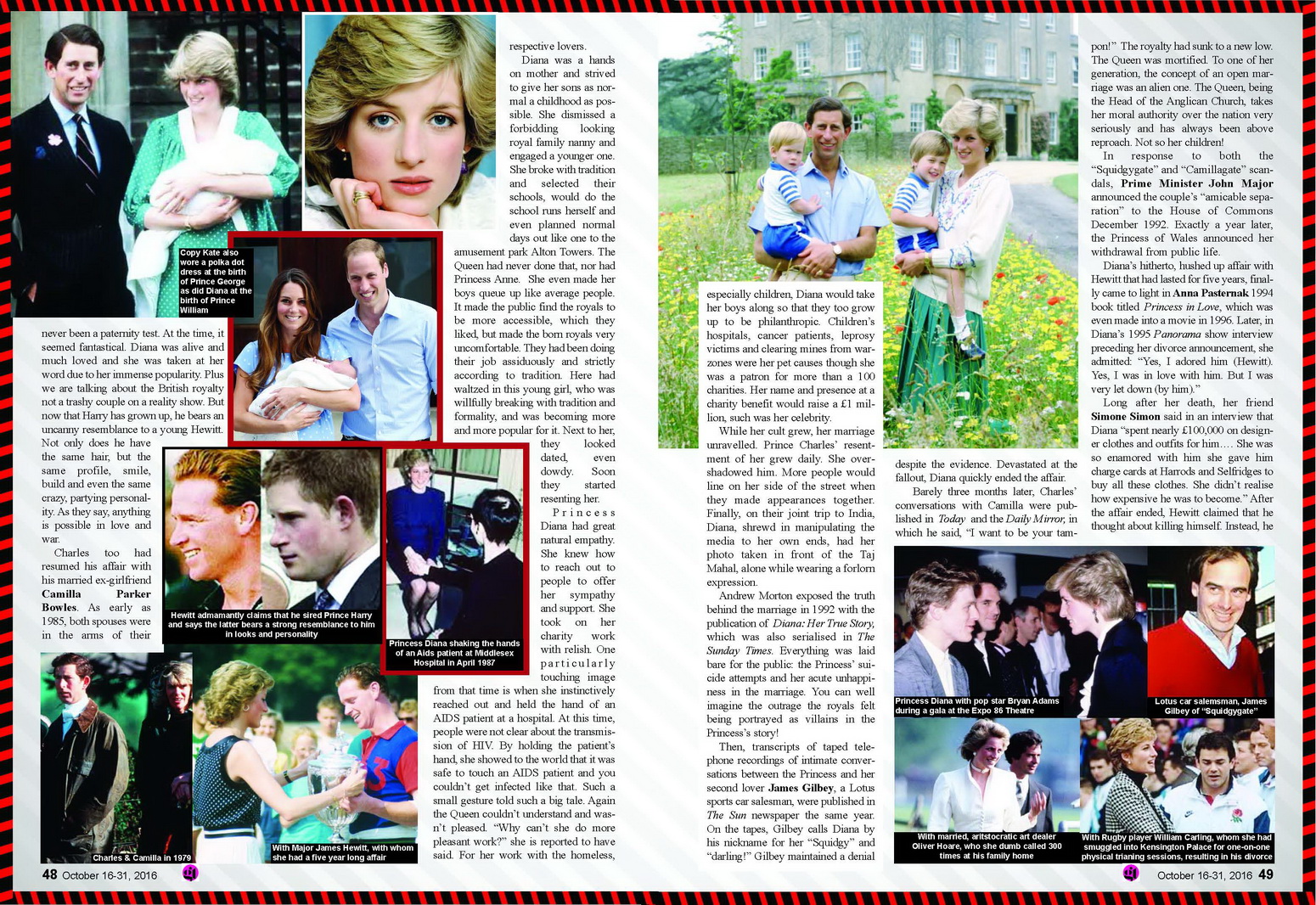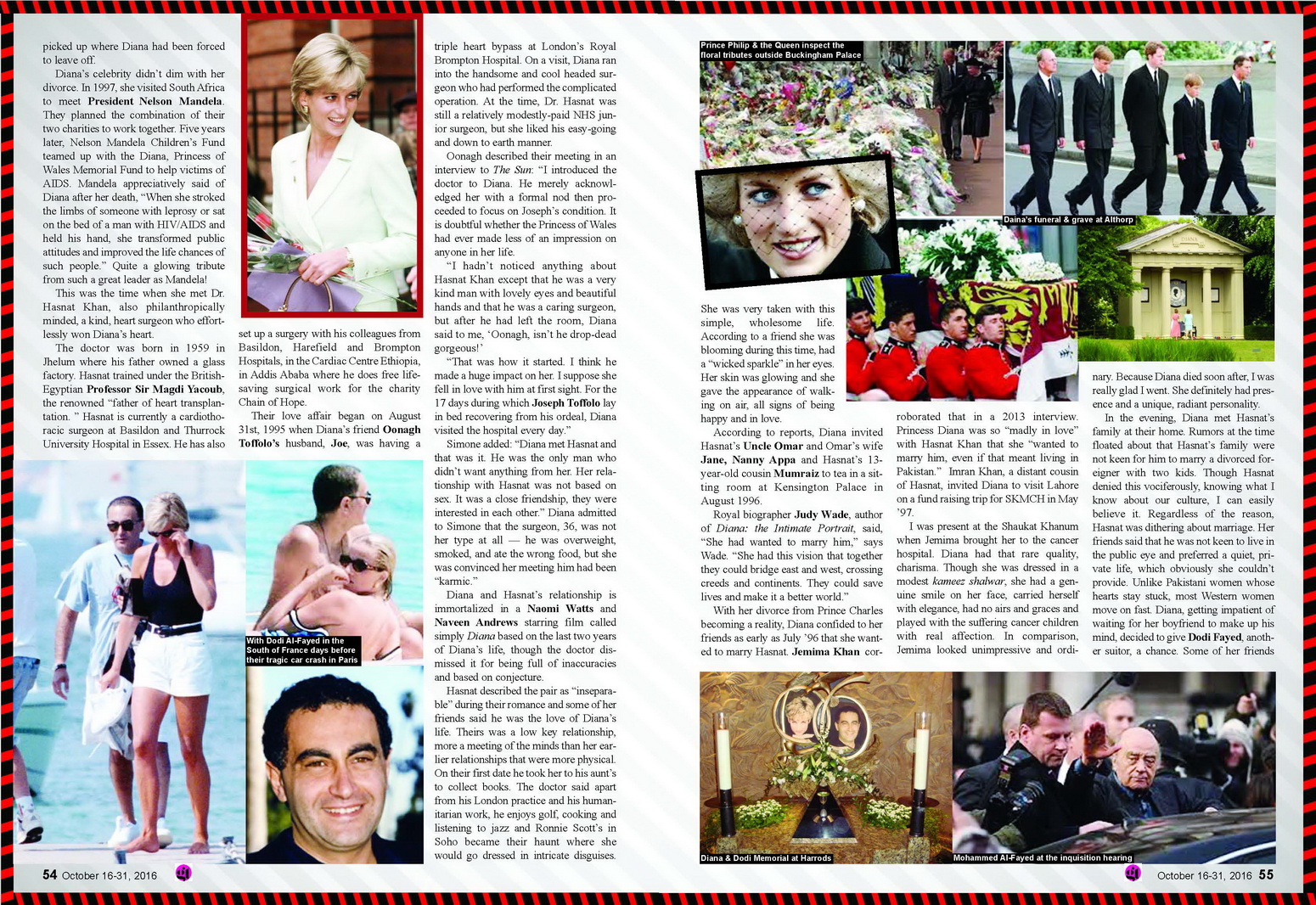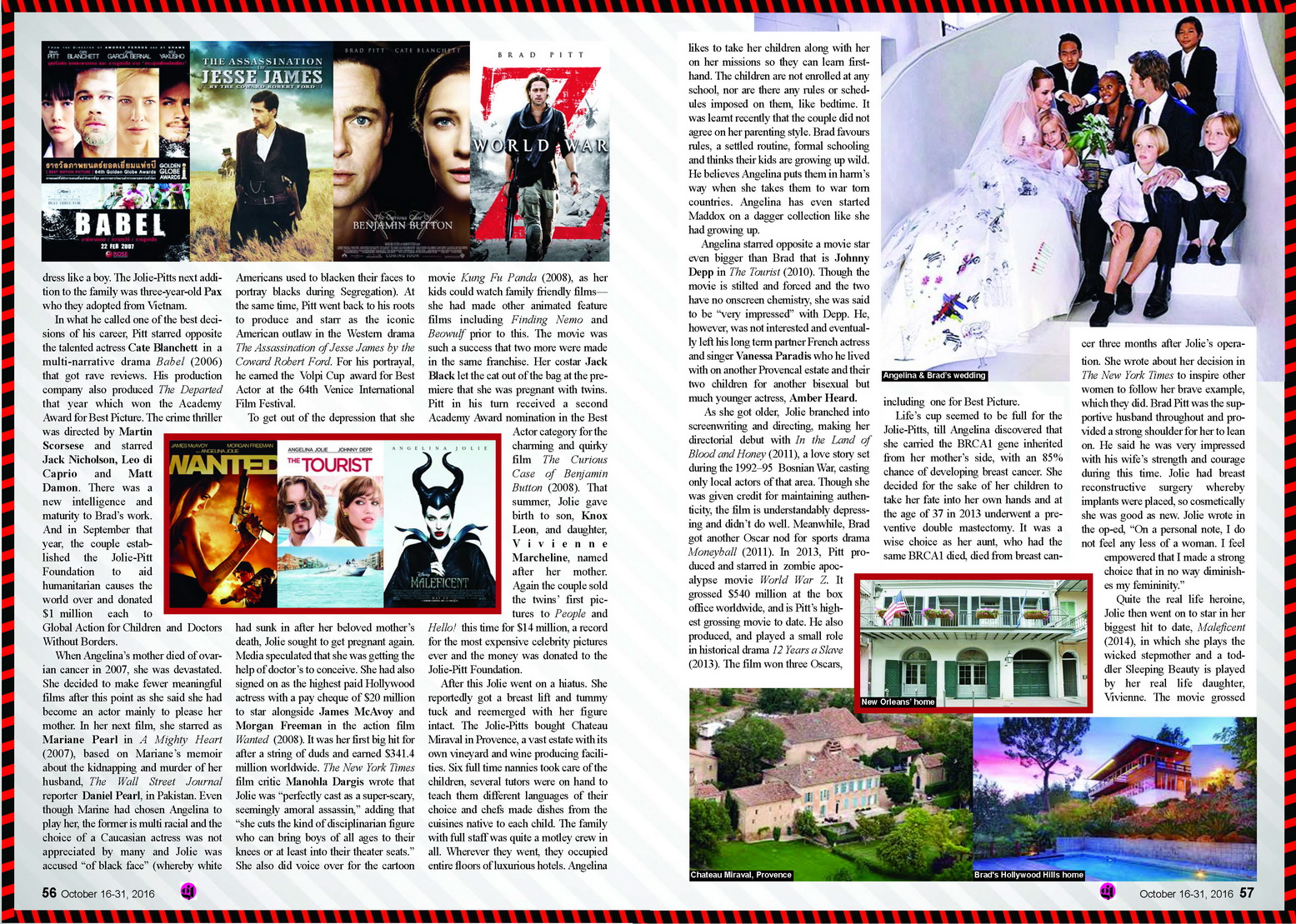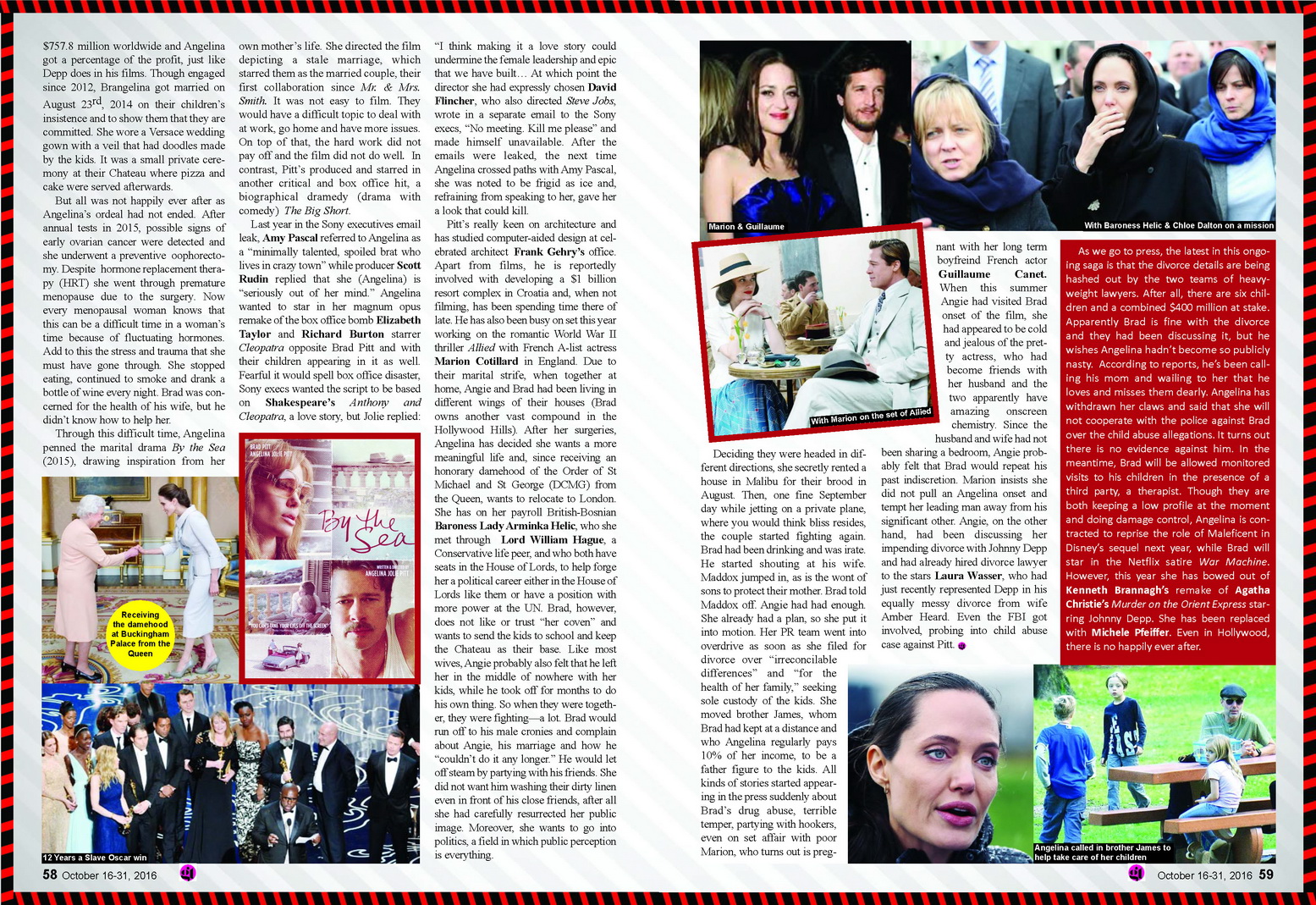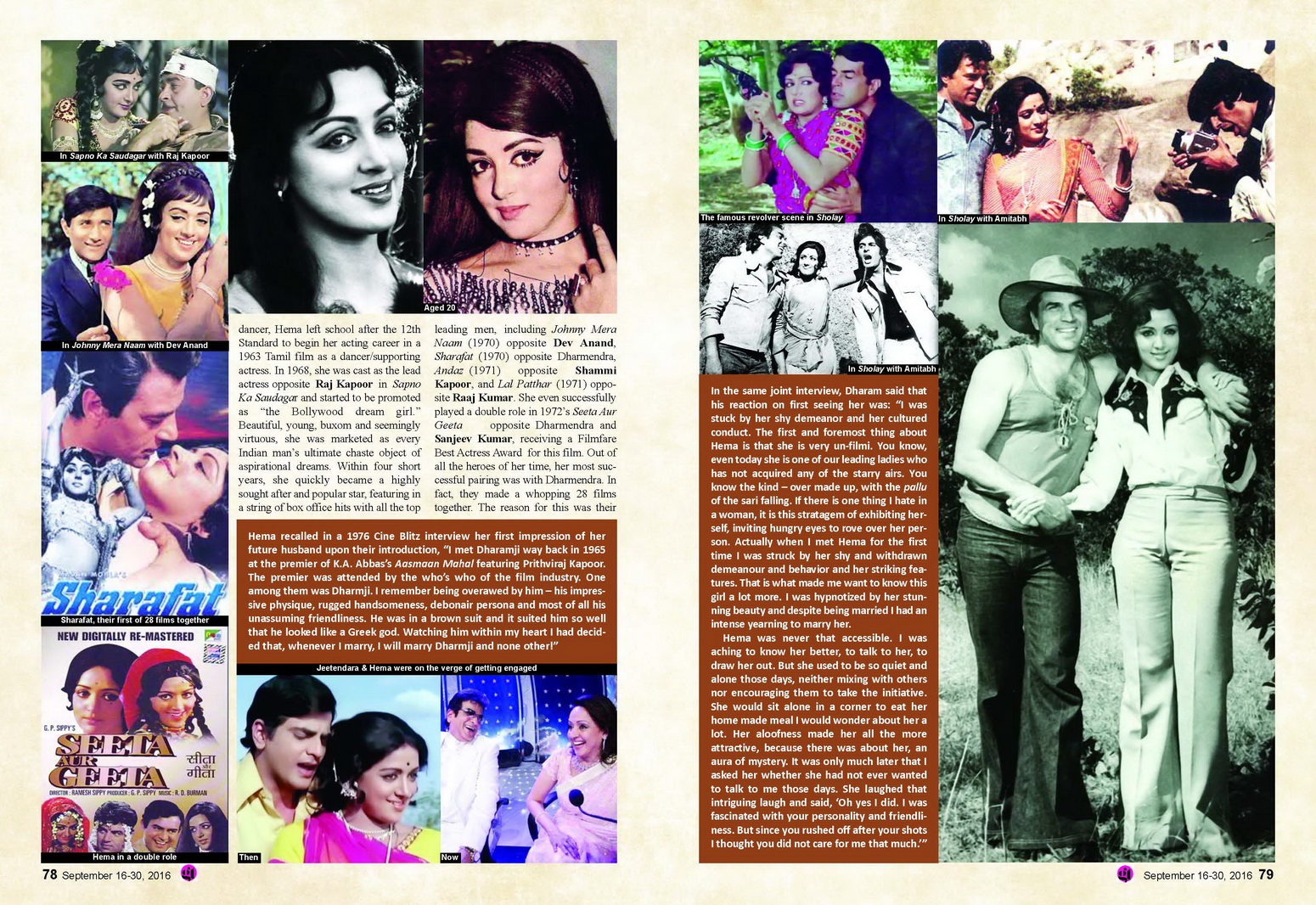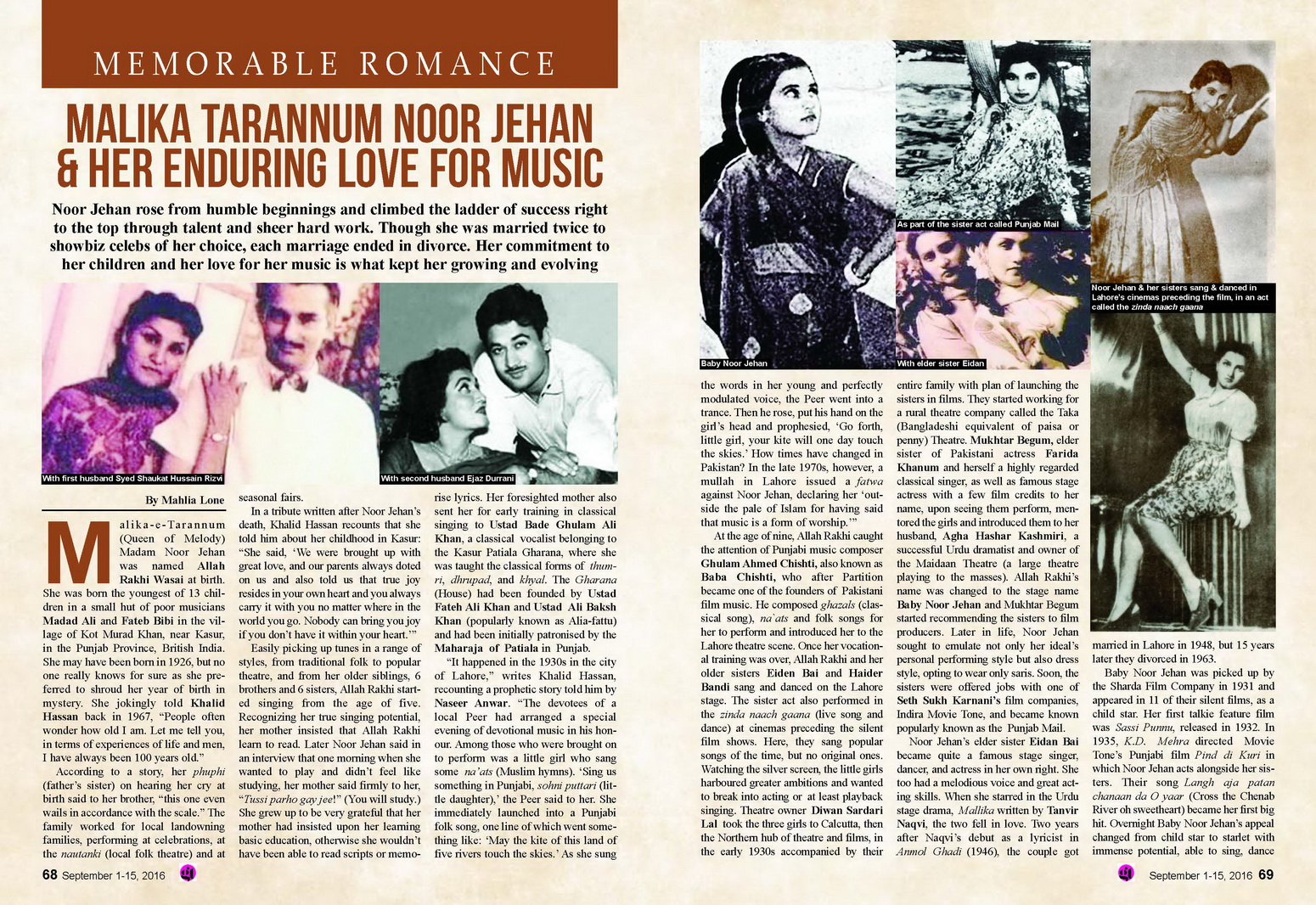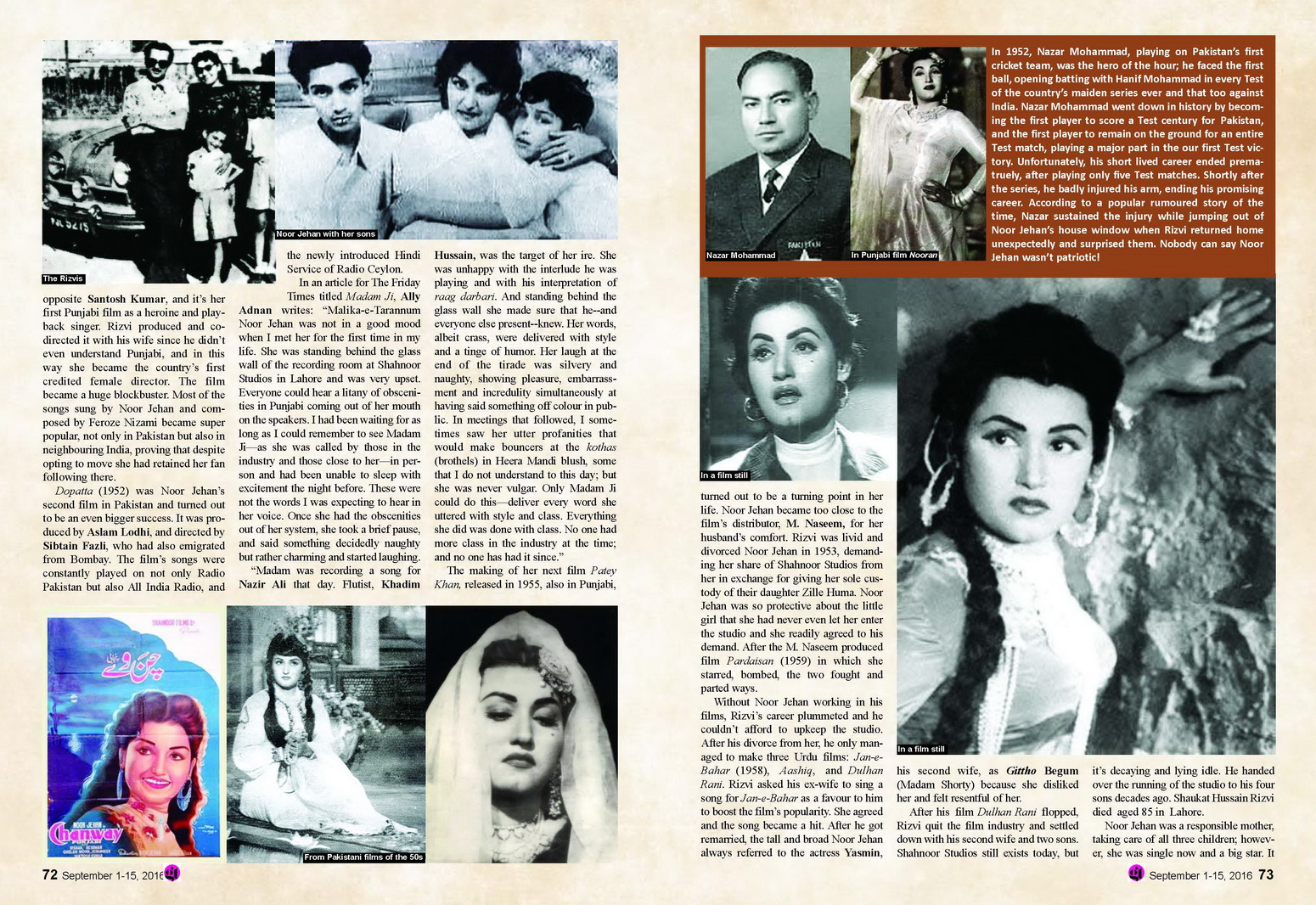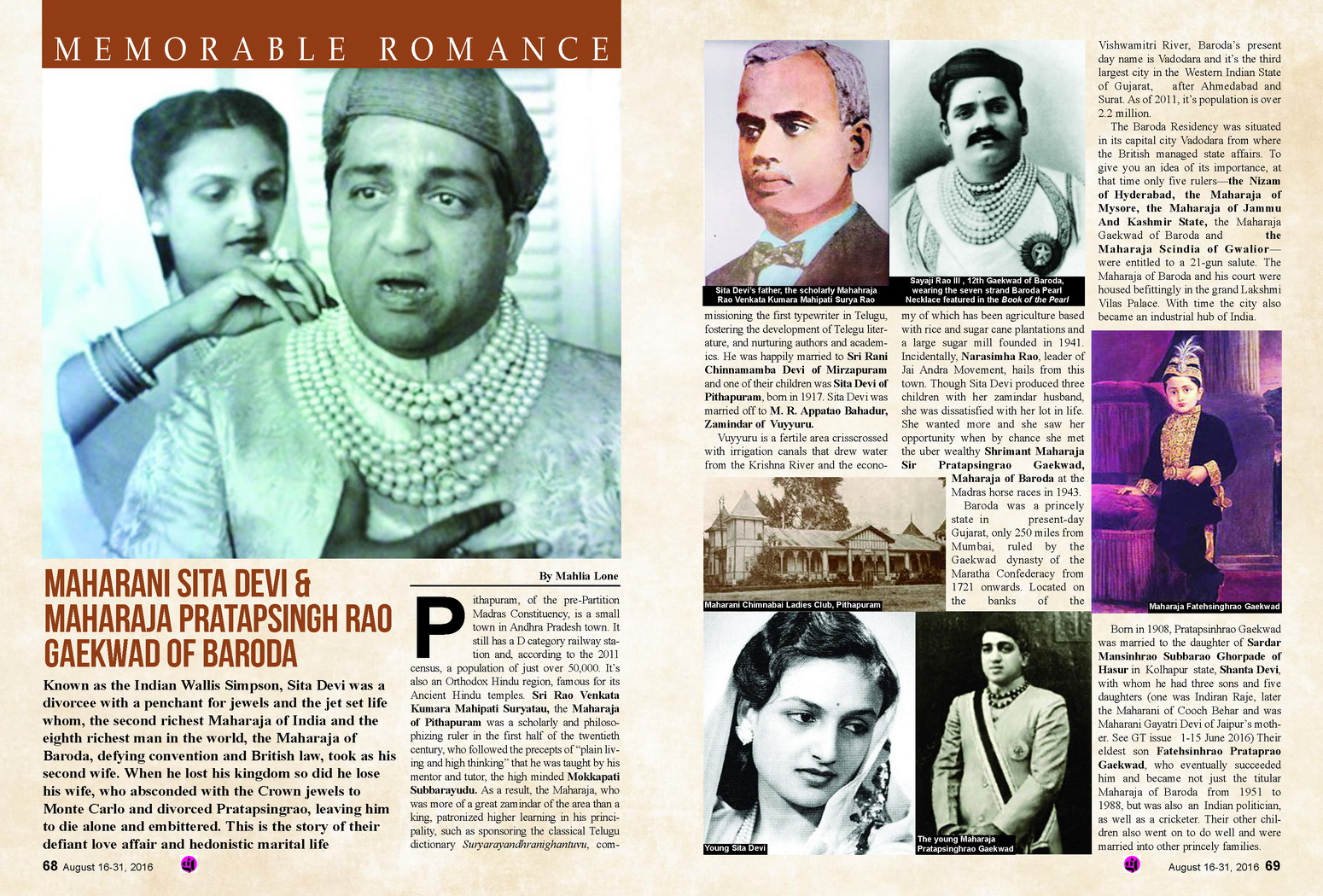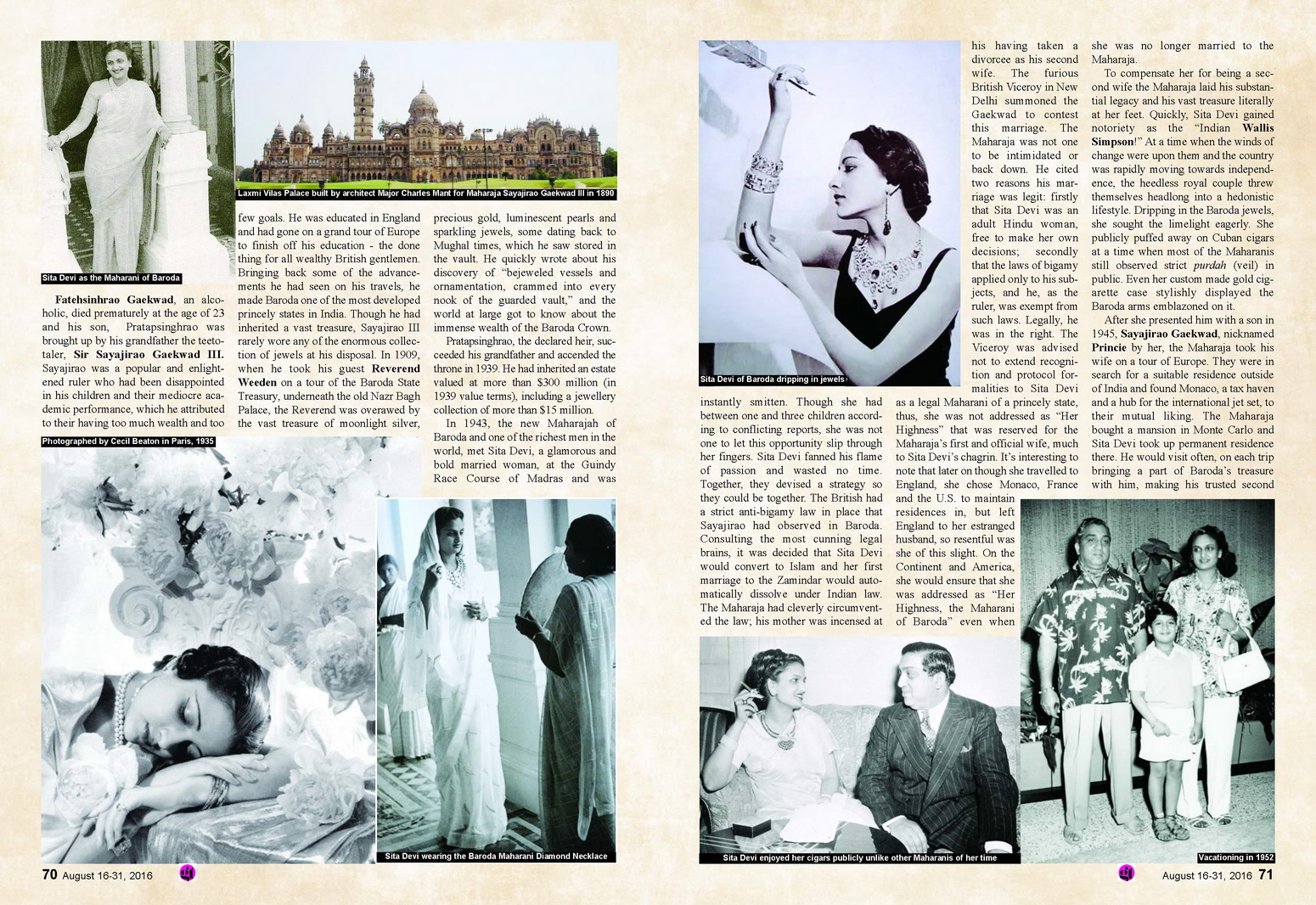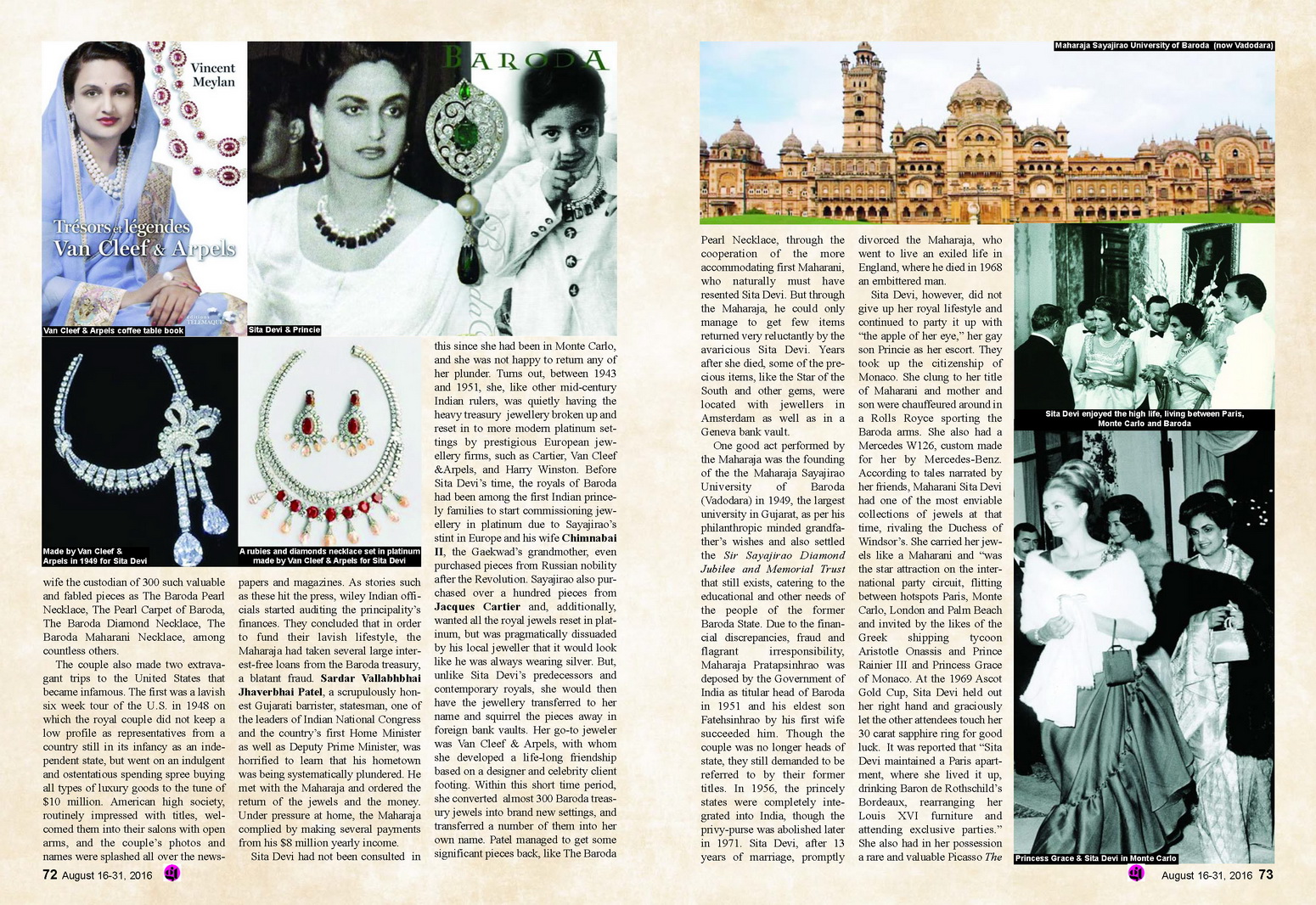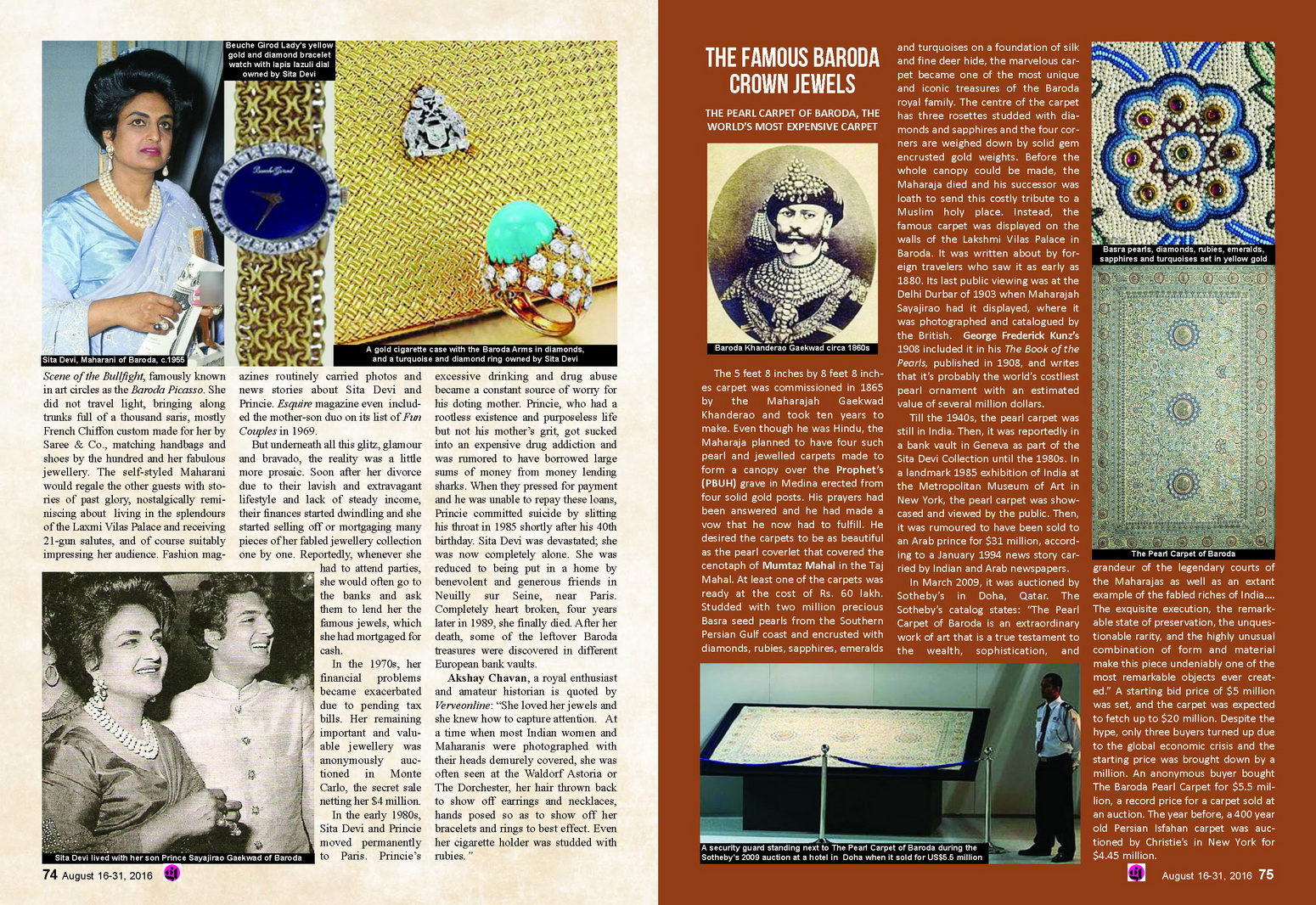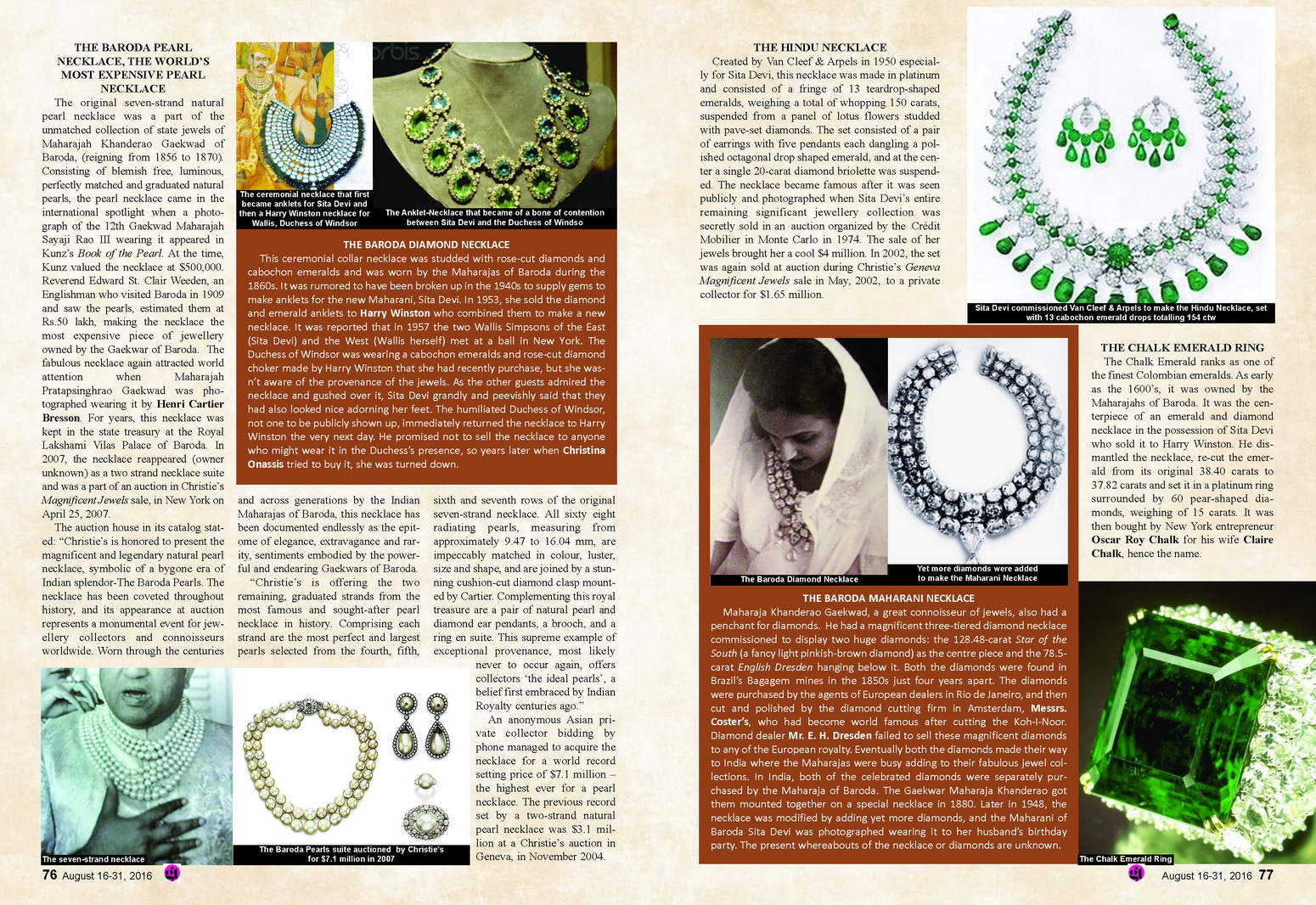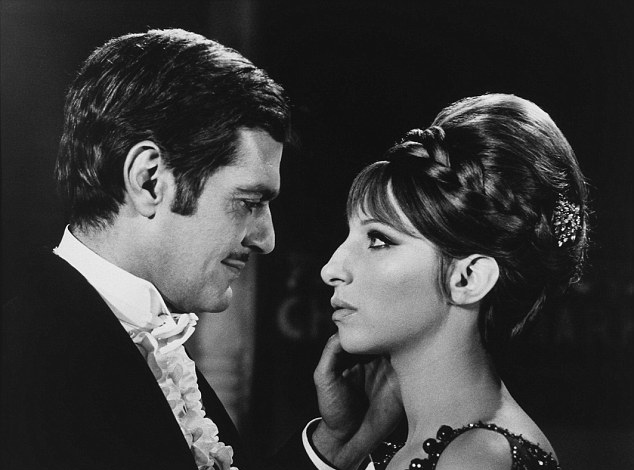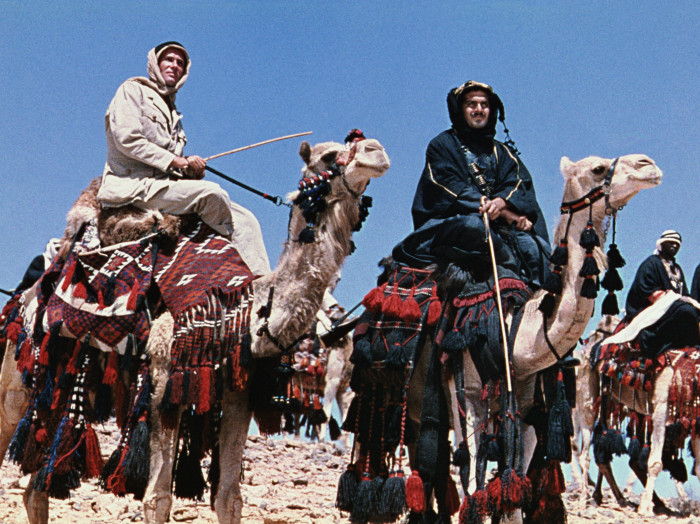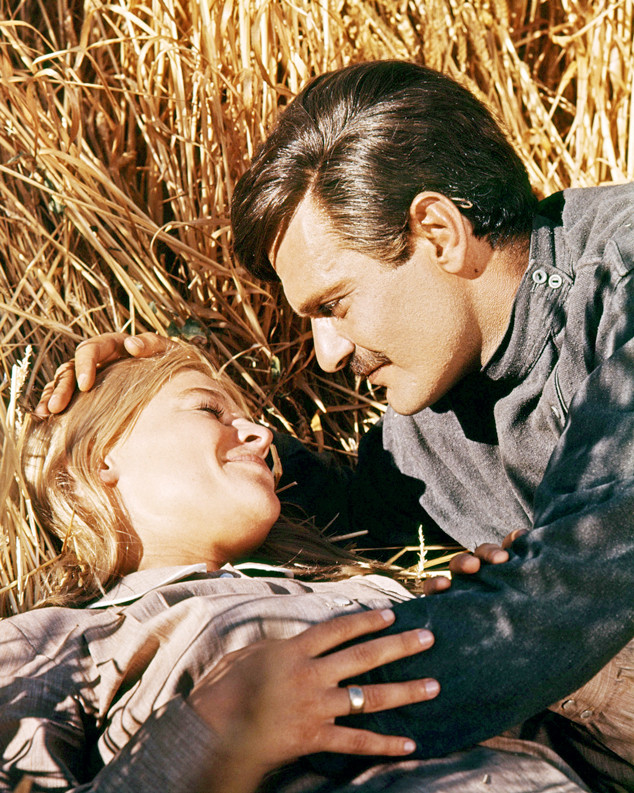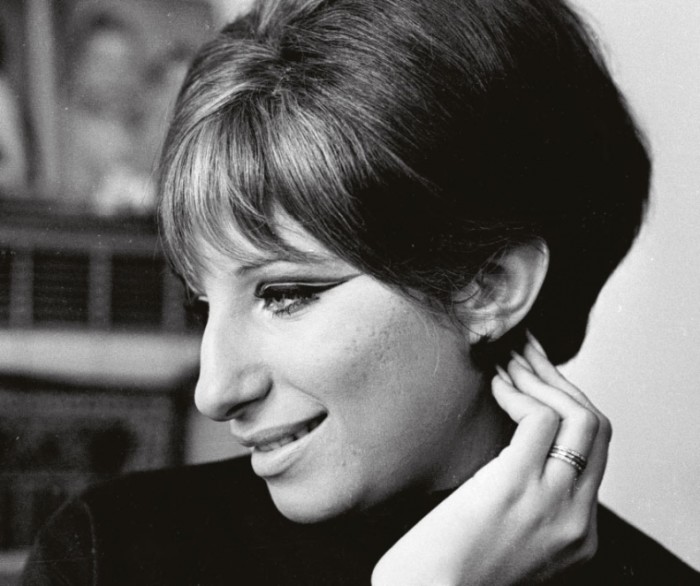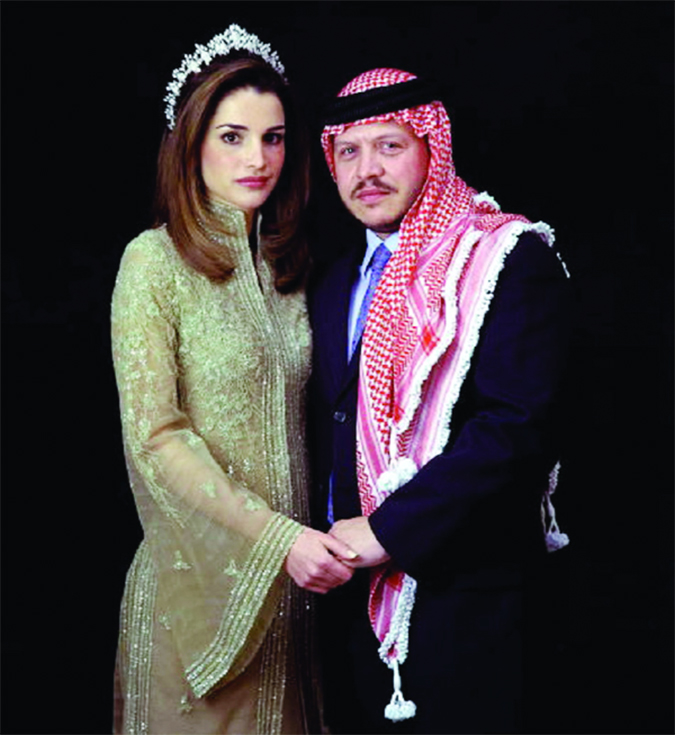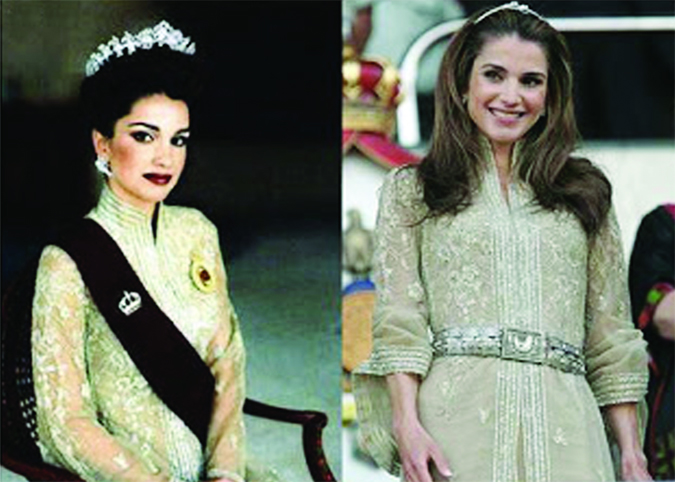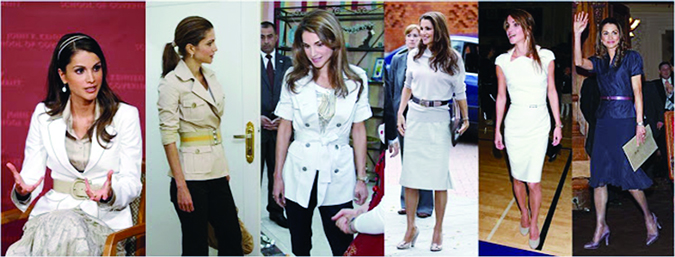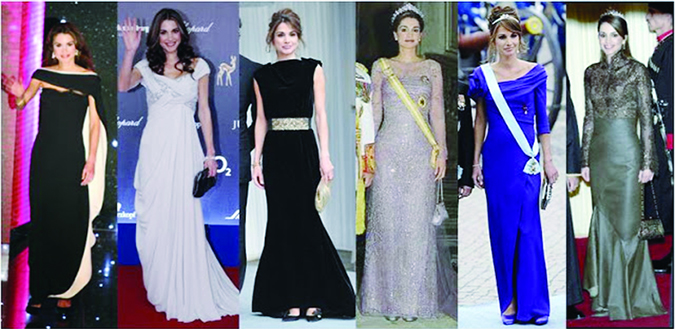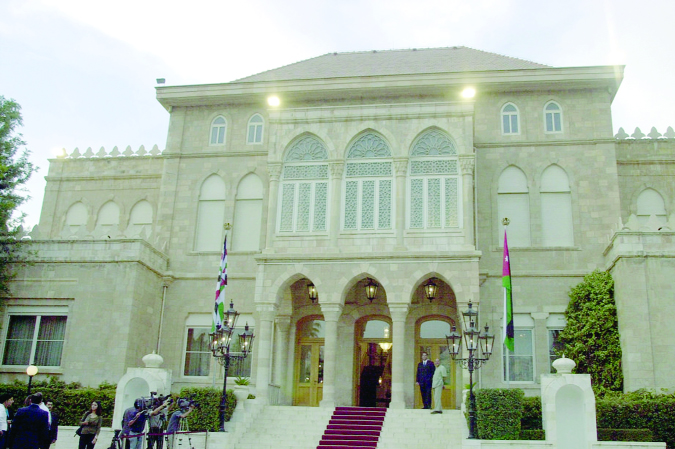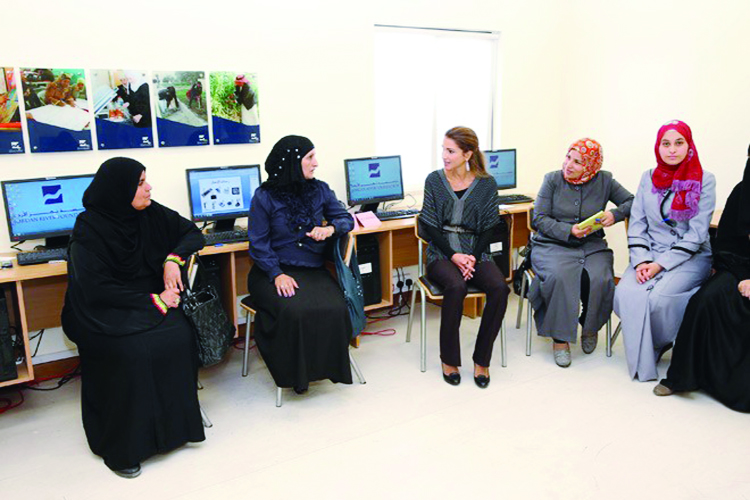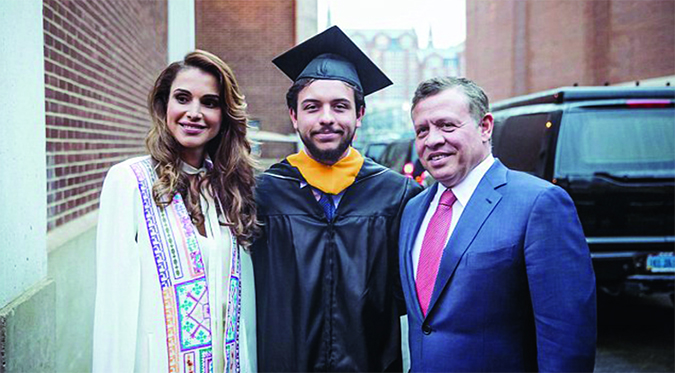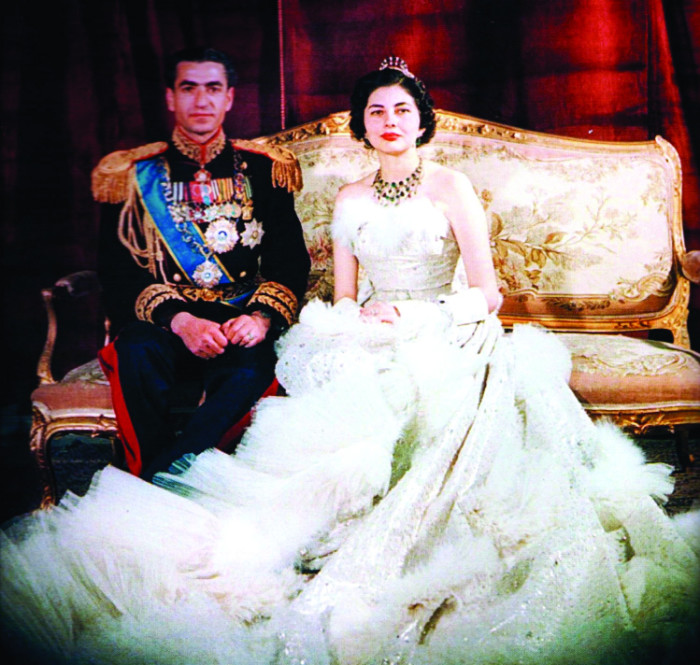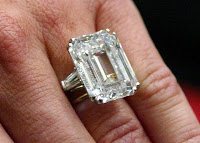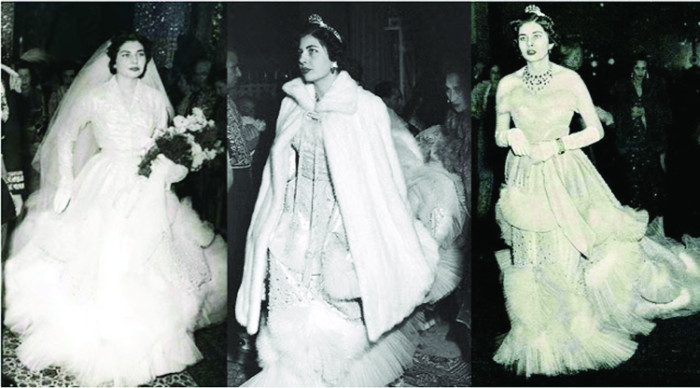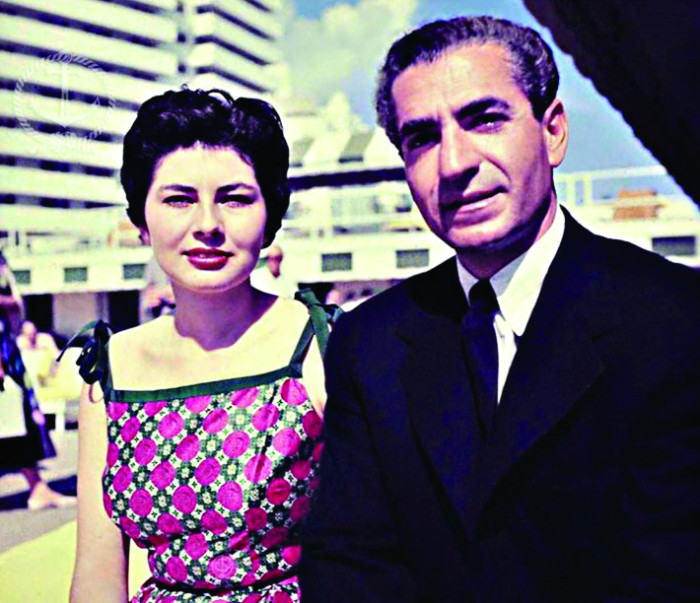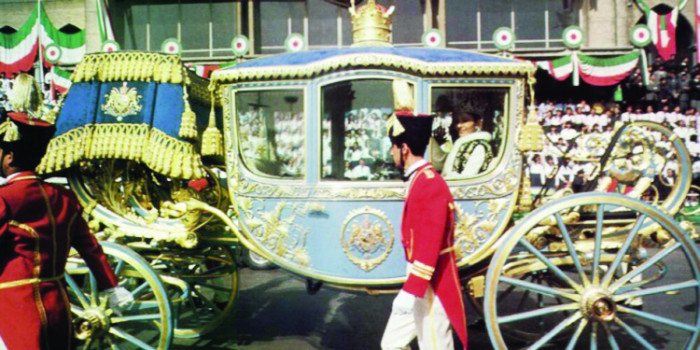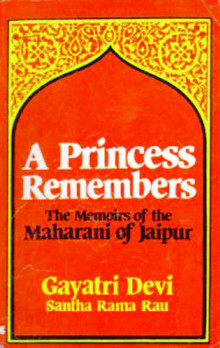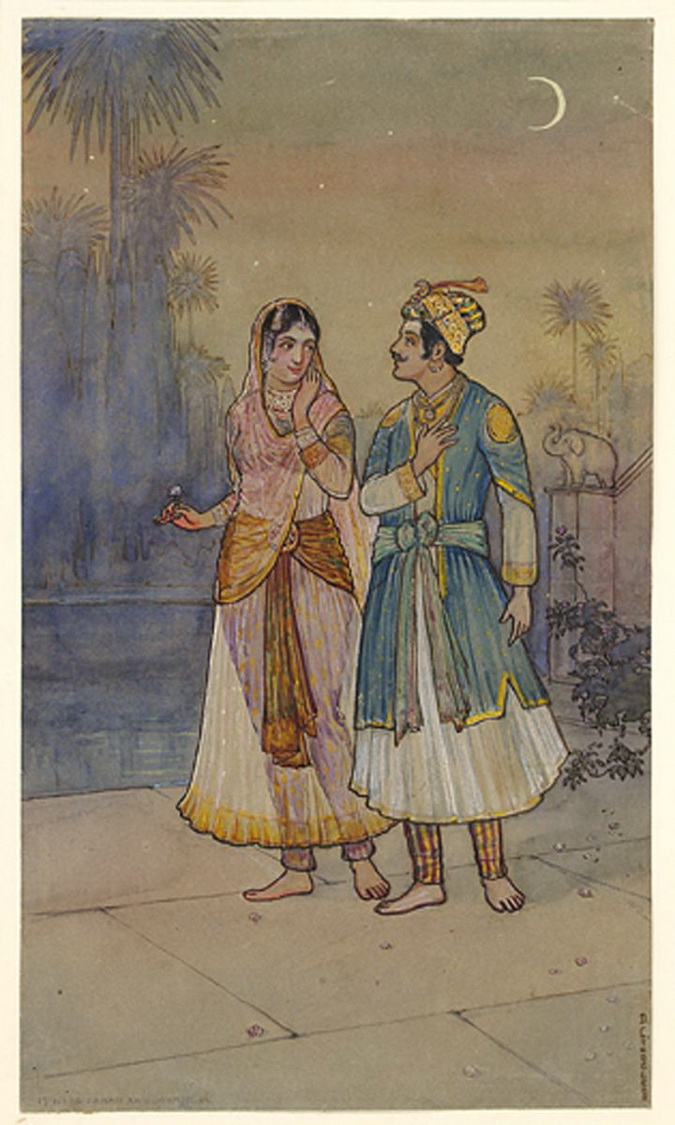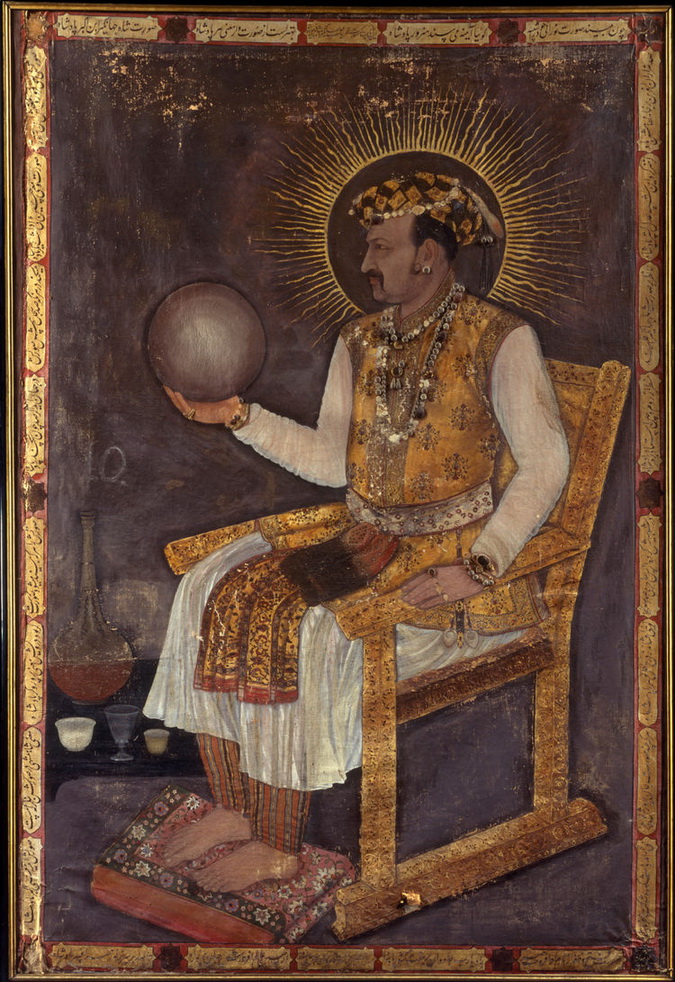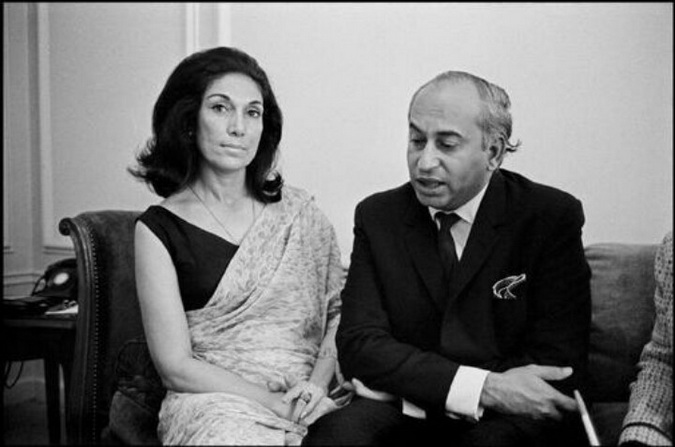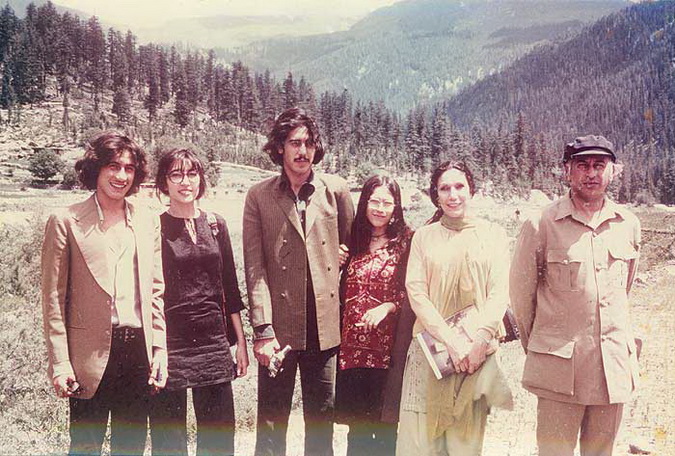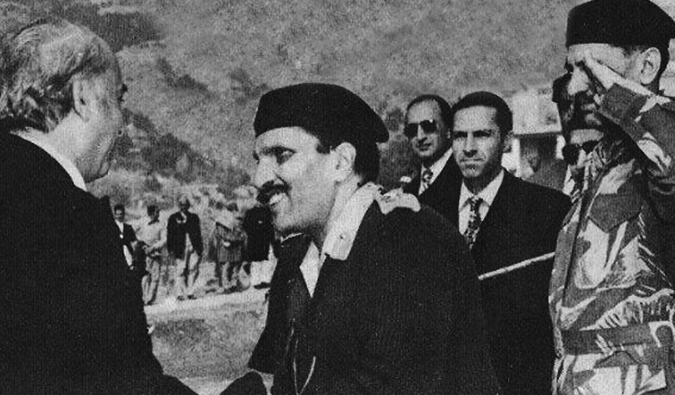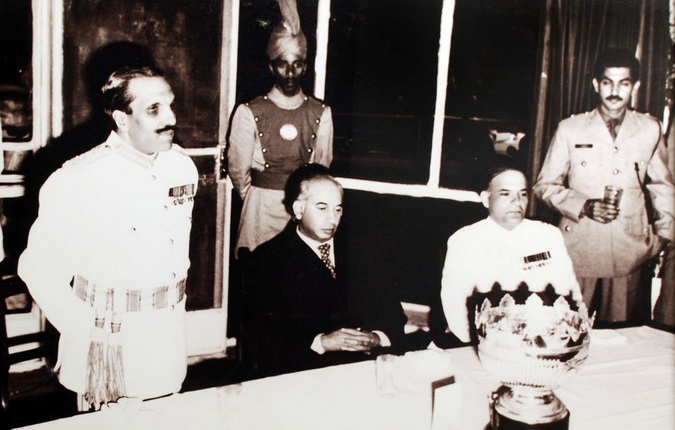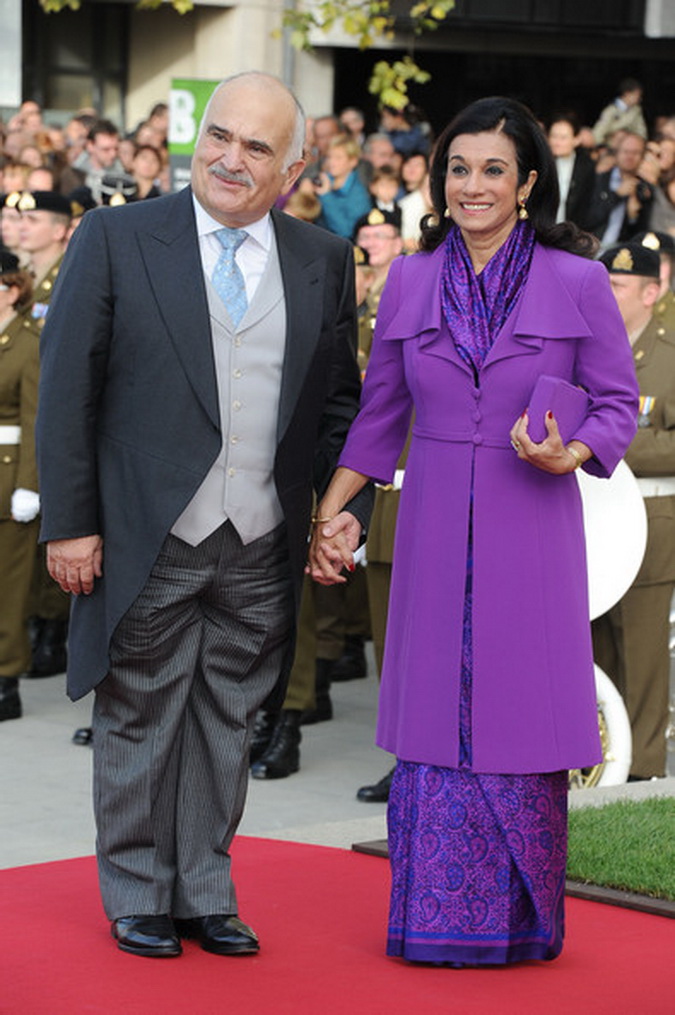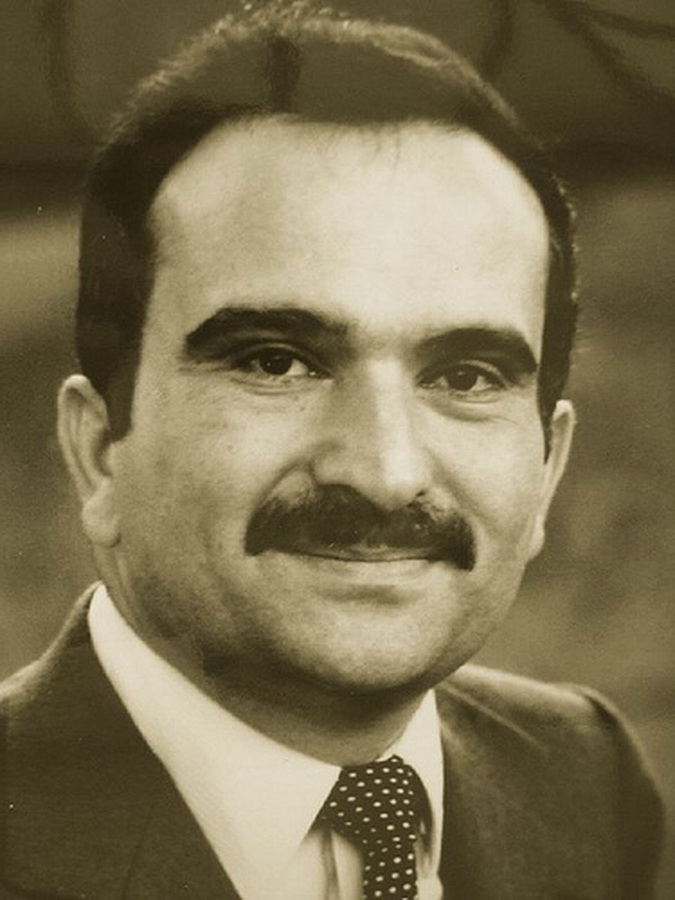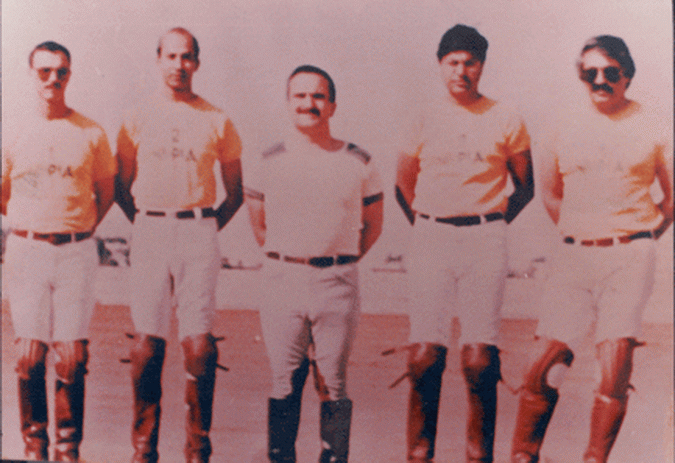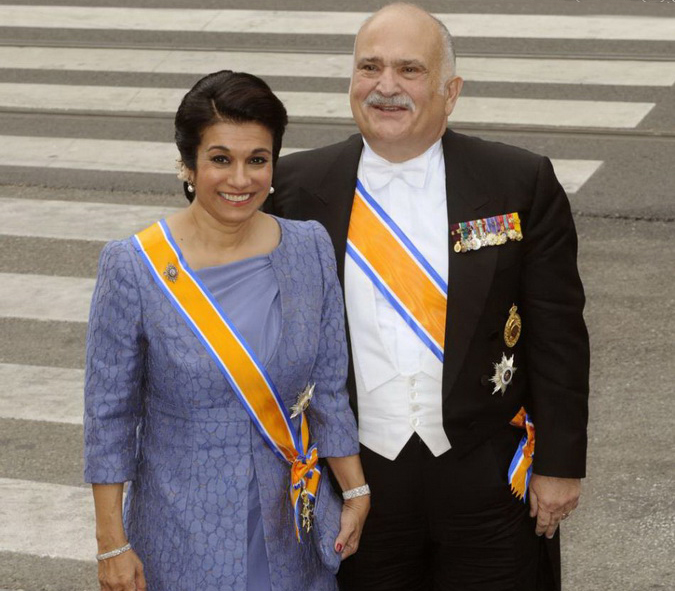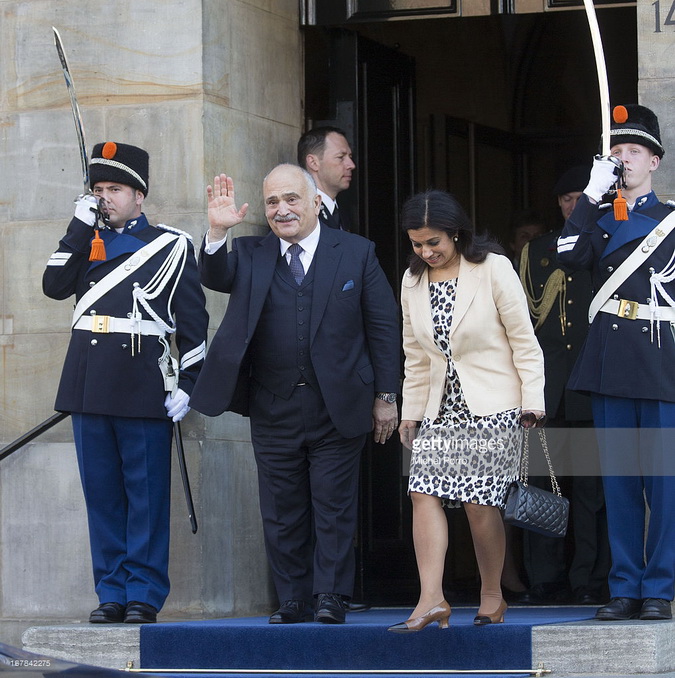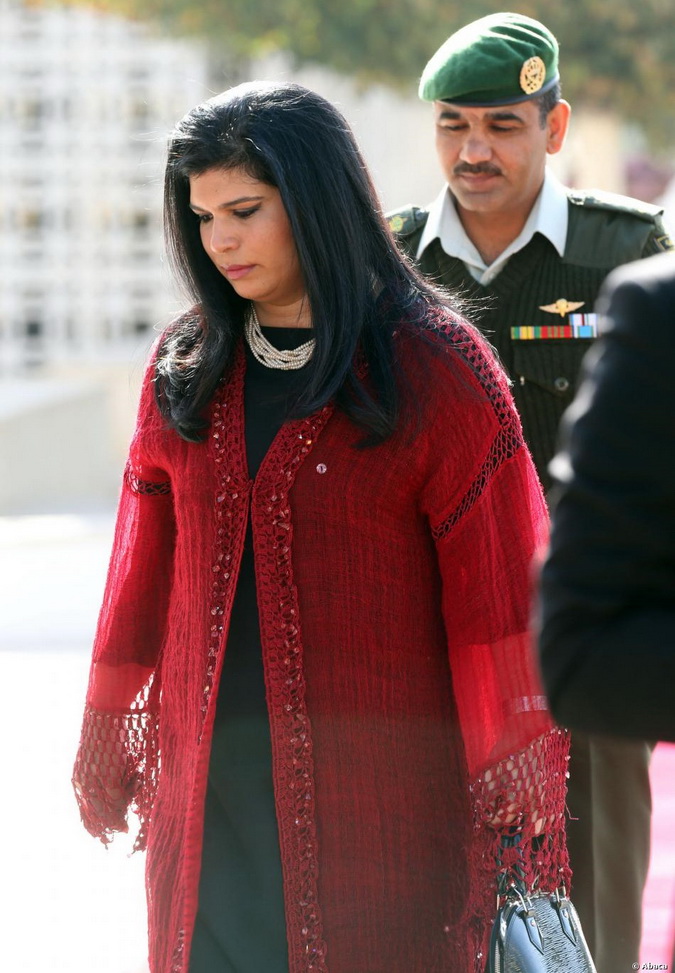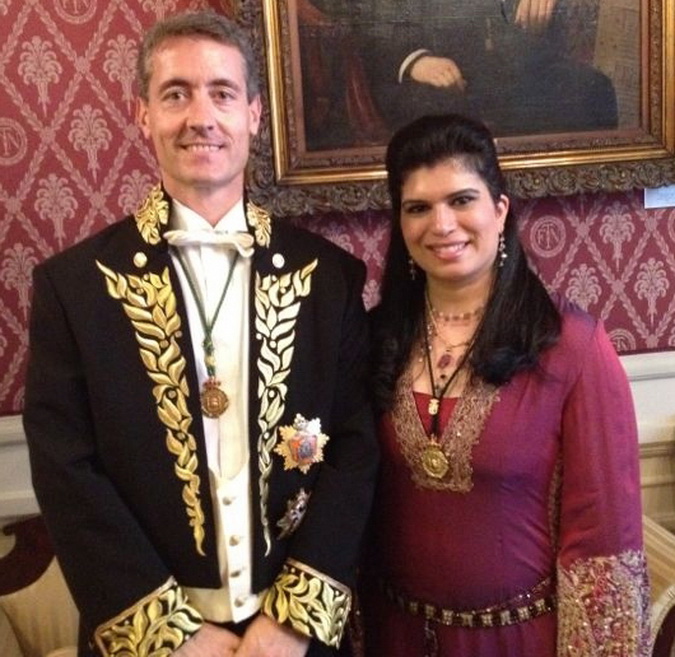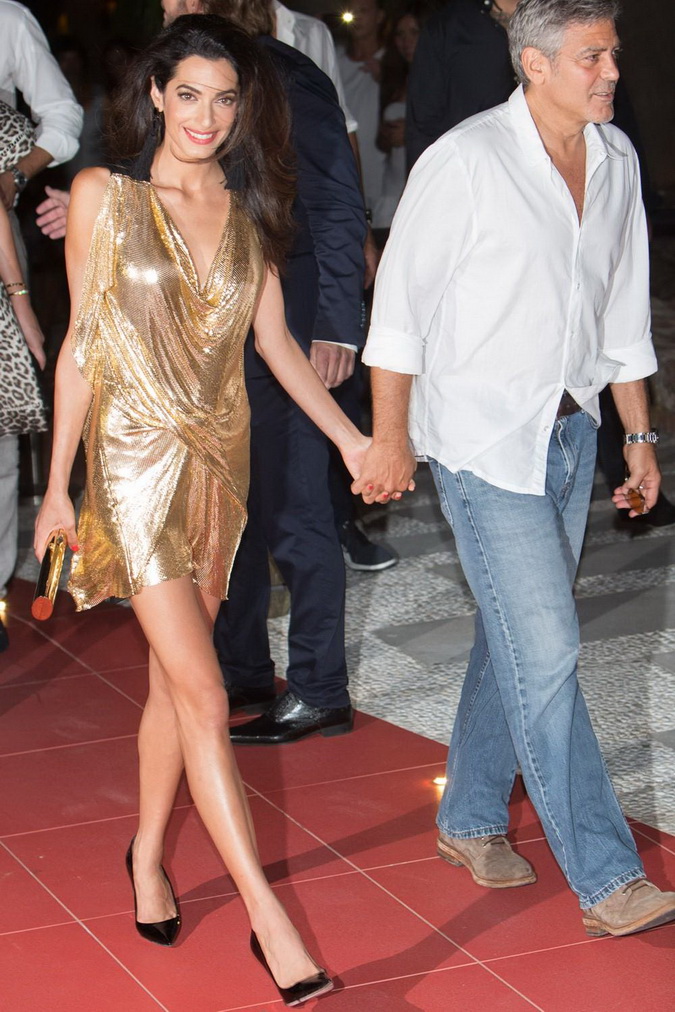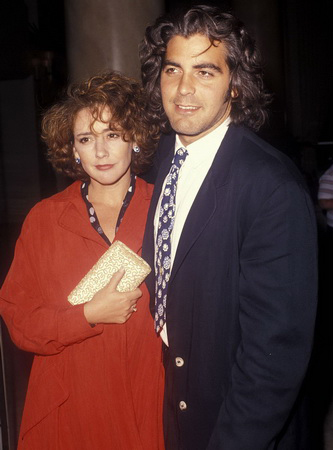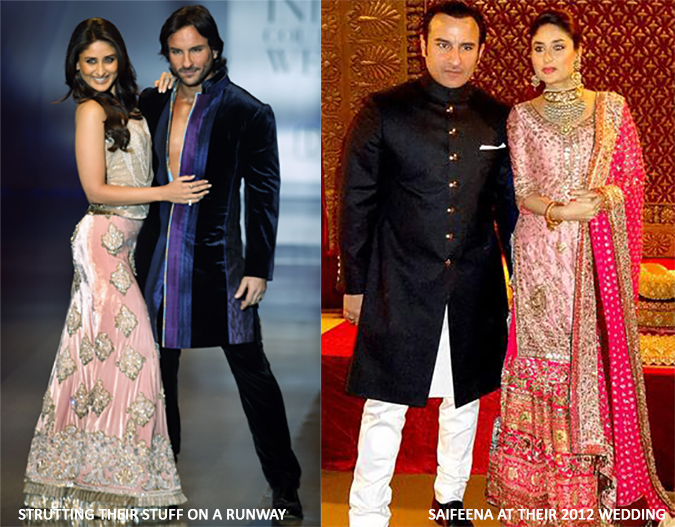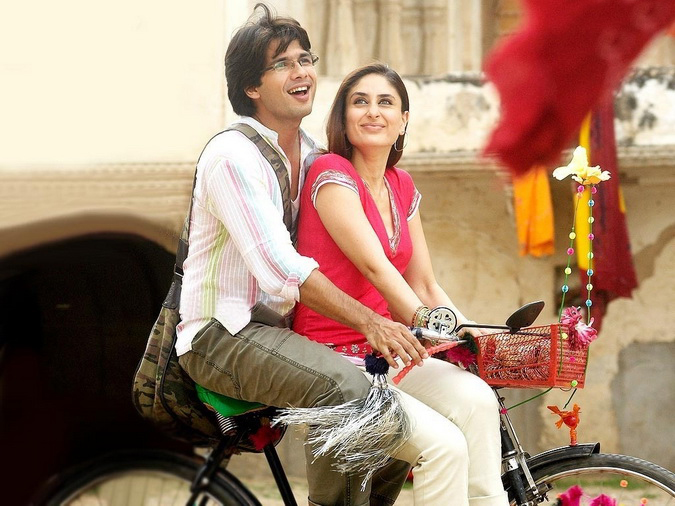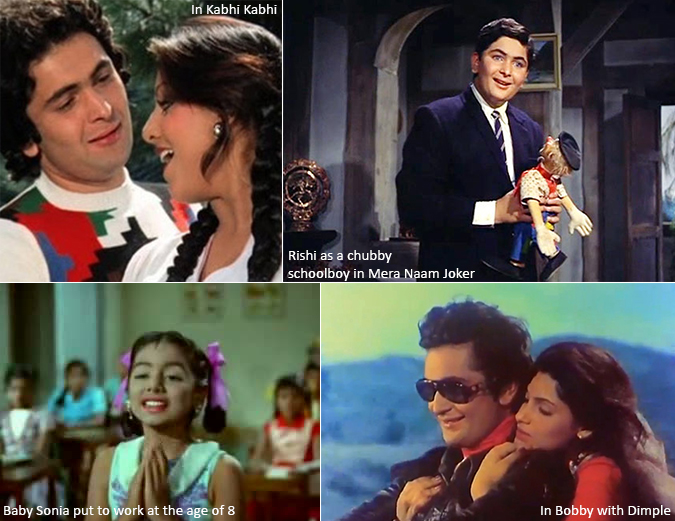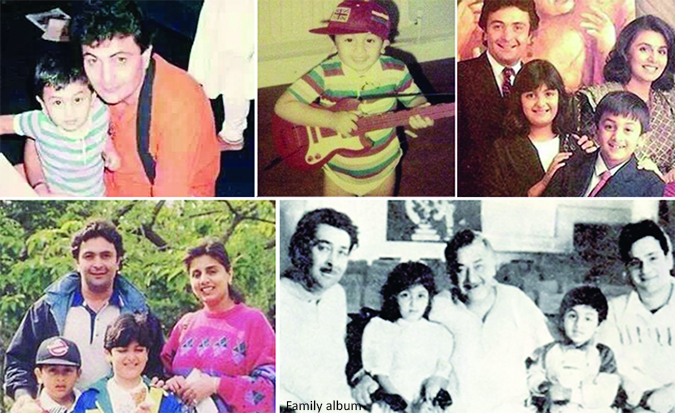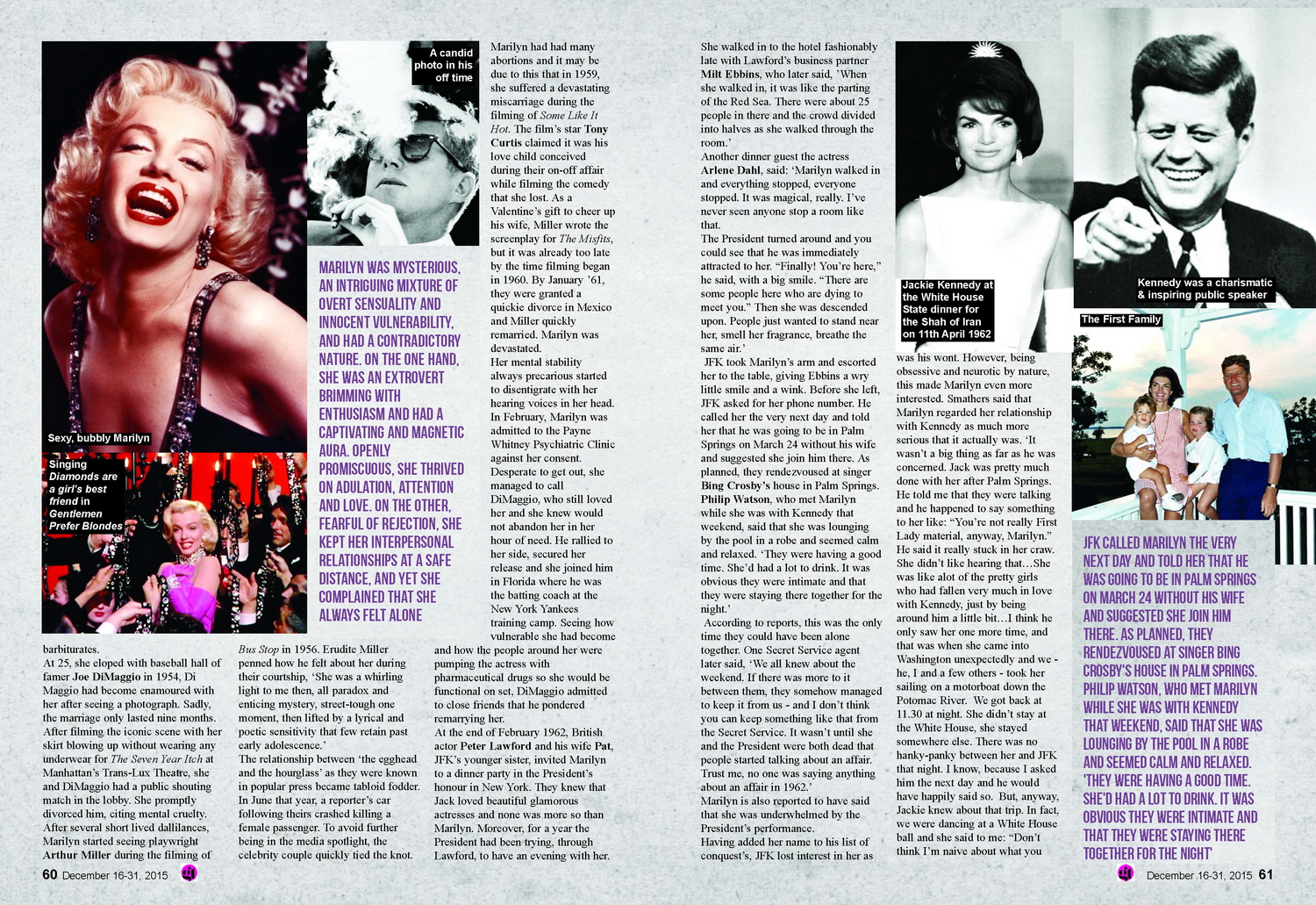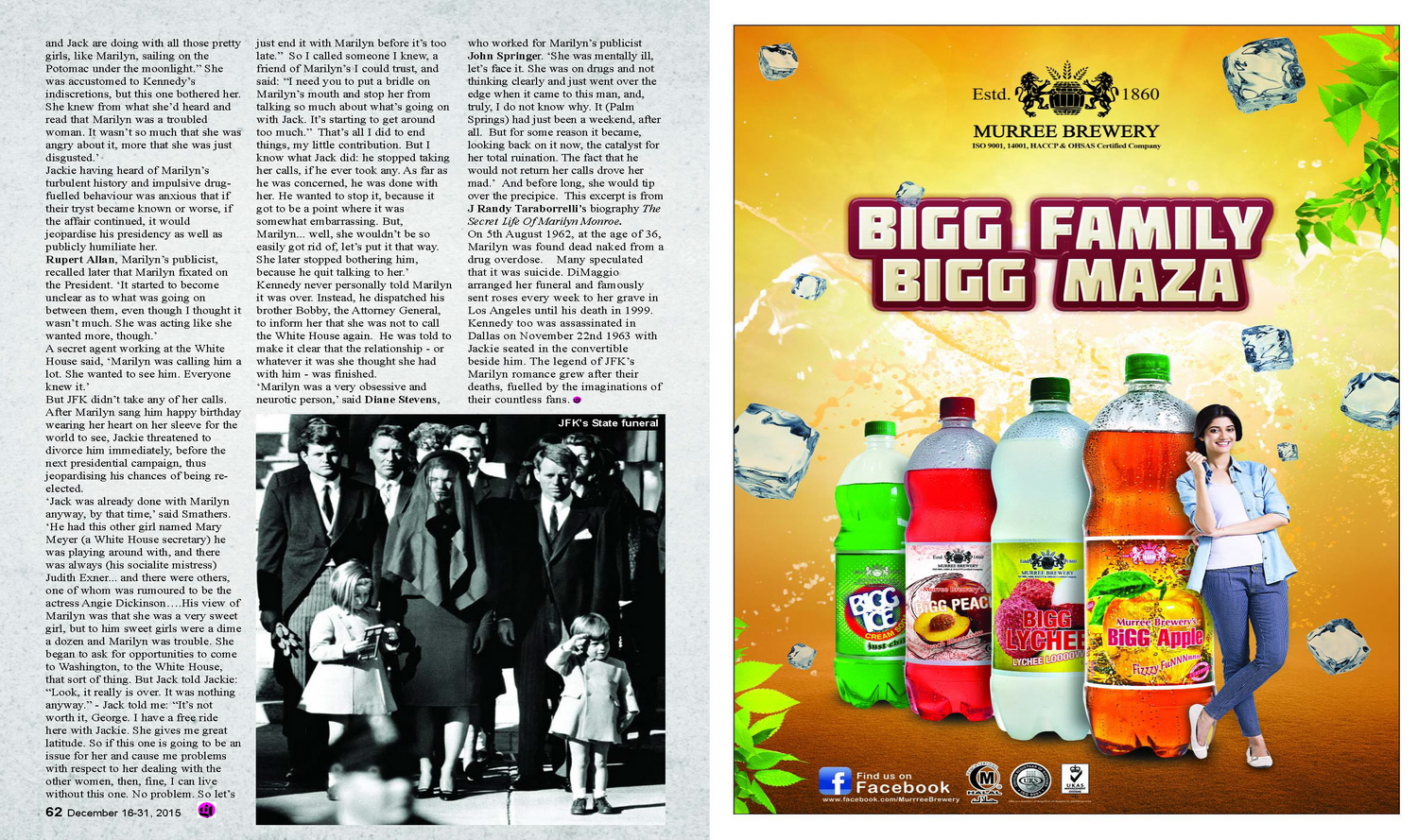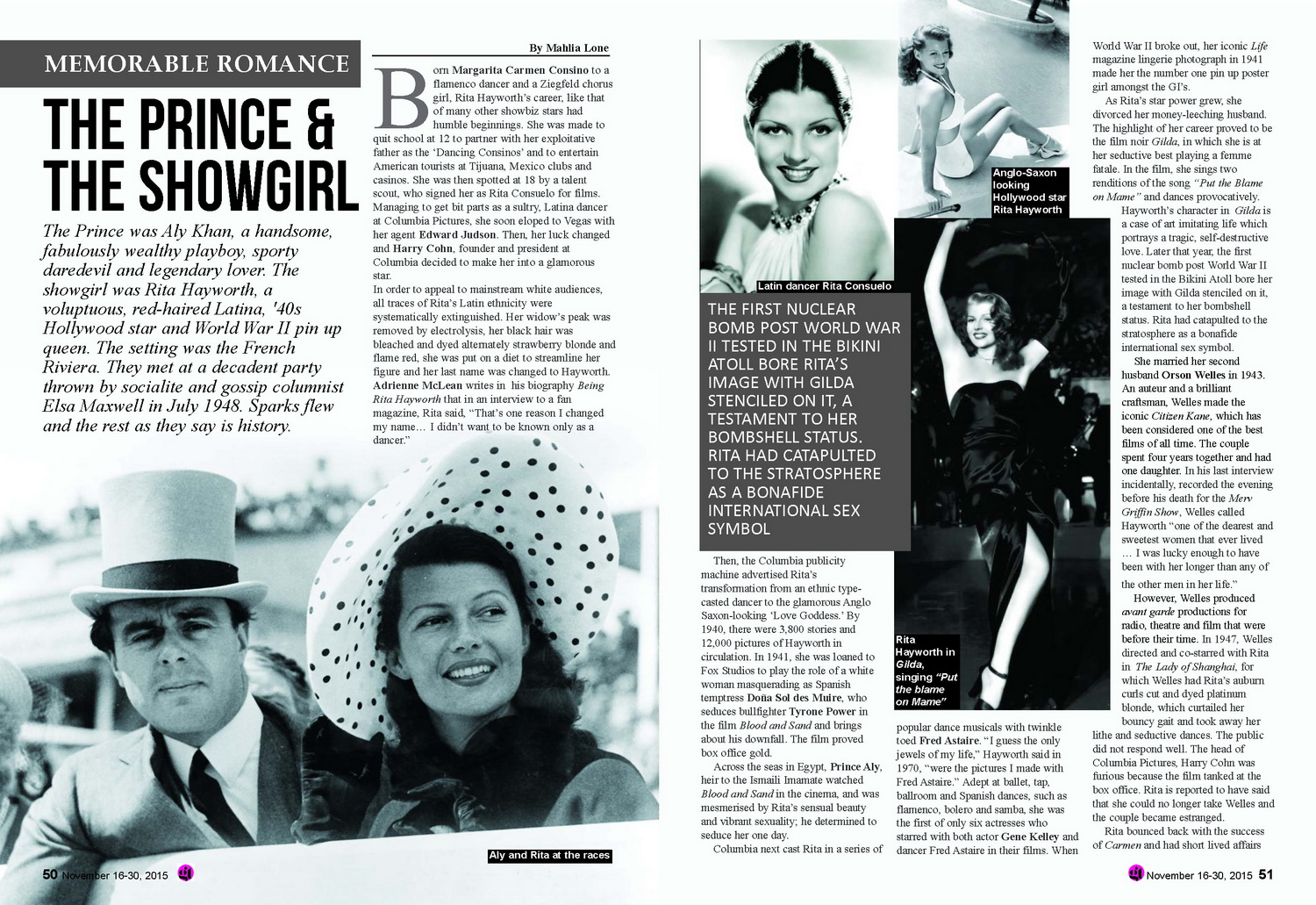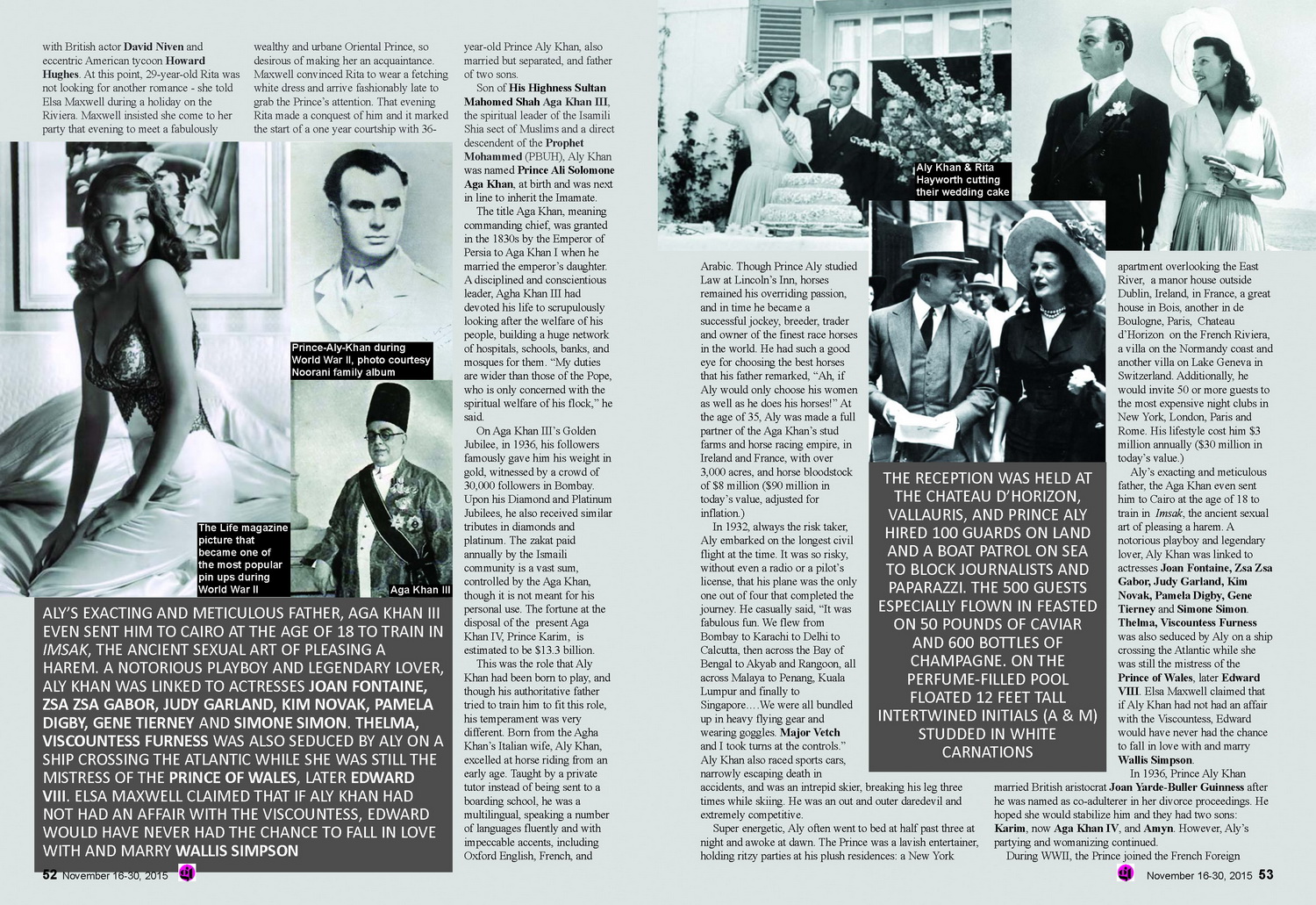By Mahlia Lone
From afar it seems that a superstar’s life is perfect. We can neither look inside their homes to see their personal lives, nor assess their mental, emotional or spiritual health for ourselves. The audience is fed a perfectly constructed image. Aamir Khan, who looks like he’s got it all together, battled the demon of depression in the isolation of his home for four years following his separation and subsequent divorce from his first wife; he was rendered unable to work, barely mustering up the will to leave his house. His younger brother has a history of severe mental illness, so weak nerves and a highly sensitive nature may run in the family. But then destiny intervened in the shape of assistant director Kiran Malik who was a ray of the sunshine in his life and Aamir, taking a chance, grabbed on to her and in time wedded her. She filled his life with her radiance and cheery spirits and together they have built a new happy life Â

Aamir comes from a film family. He was born in Mumbai on 14th March 1965 to film producer Tahir Hussain and his wife Zeenat, and is the second eldest of four siblings: Farhat, who lives in New Jersey, Faisal, also an actor, and Nikhat, a film producer. Tahir’s older brother, Nasir Hussain was a film producer, director and screenwriter who produced a string of formulaic but successful films with his core team under the Nasir Hussain Films banner. One such is Teesri Manzil, directed by Vijay Anand, starring Hussain’s favourite stars Shammi Kapoor and Asha Parekh with R.D. Burman composing the film’s score for the first time. The film’s songs became so popular that they are played to this day and include O Haseena Zulfonwali, O Mere Sona Re, Deewaana Mujhsa Nahin, Tumne Mujhe Dekha, and Aaja Aaja Main Hoon Pyaar Tera. Actor Imran Khan, whom Aamir launched in films, is Nasir Hussain’s grandson.
Aamir Khan with father Tahir Hussain, elder sister Nikhat Khan & mother Zeenat Hussain 
Aamir with his mother Zeenat Hussain
 Aamir with his struggling filmmaker father Tahir Hussain
Aamir with his struggling filmmaker father Tahir Hussain
The Hussain brothers’ were also related to India’s first Muslim President Dr. Zakir Hussain. On his maternal side, Aamir is the great grand-nephew of freedom fighter, Islamic philosopher, Urdu poet, renowned educationist and India’s first Education Minister Maulana Abul Kalam Azad, whose birthday is celebrated each year as National Education Day across India. So proud is Aamir of his academic ancestor that he has named his youngest son Azaad after him.
Aamir attended J.B. Petit School, St. Anne’s High School, Bandra, the Bombay Scottish School, Mahim and the Narsee Monjee College, but he said he “was much more into sports than studies,†playing tennis at state level championships. Looking back he said that his childhood was “tough†due to the financial difficulties faced by his father. “There would be at least 30 calls a day from creditors calling for their money.†His father was so hard up financially that he could barely afford his children’s school fees.
Aamir’s first brush with acting was at the age of eight when he first appeared in a song in his Uncle Nasir Hussain’s film Yaadon Ki Baaraat (1973). The next year, he was cast by his father in his own film Madhosh. Bitten by the acting bug, at sixteen the budding actor played the lead opposite Neena Gupta and Victor Bannerjee in a teenage experimental production of a 40-minute silent film, Paranoia, which was made on a shoestring budget of a few thousand rupees. His parents were not happy with him wanting to be an actor as they wanted him to have the steady income of a professional, so he did it in hiding. He enjoyed acting and assisting the director so much that he decided to pursue a career in film and, while still a student, worked backstage part time for a theatre group called Avantar. Finally, a year later he started getting acting parts on stage as well.
As a child actor
In Yaadon ki Baaraat
After completing high school, Aamir started working full time as an assistant director for his uncle Nasir Hussain on the set of the films Manzil Manzil (1984) and Zabardast (1985). Meanwhile, director Ketan Mehta offered him a small role in the low-budget experimental film Holi (1984) featuring an ensemble cast of teenage newcomers. As Aamir reached maturity, Nasir Hussain cast him as the leading man in his son Mansoor Hussain’s directorial debut Qayamat Se Qayamat Tak (1988) opposite former Miss India Juhi Chawla in a contemporary take on Shakespeare’s Romeo and Juliet. Aamir plays a cute, “clean-cut, wholesome boy-next-door†college student. The movie was a runaway success, making both the newcomer leads overnight stars. It received seven Filmfare Awards, including a Best Male Debut award for Aamir. But more than Juhi, there was another young, short haired girl in the movie who had already stolen his heart. You can see her in a scene standing cheering in the audience when Aamir is on stage lip-syncing to the popular song Papa kehtey thay bada naam karega.
Wedding
Aamir & Reena with their kids
This girl extra was his childhood sweetheart Reena Dutta whom he had married in 1986 against the wishes of their families when he was only 21.
The couple refrained from having children while Aamir focused on establishing his career. Reena shunned the limelight and stayed in the background because having a wife adversely affected a young romantic hero’s rising popularity. A marriage would be a hindrance to his romantic hero image. Staying home, Reena grew very close to Aamir’s family. Their son Junaid was born after 7 years of marriage and daughter Ira after 12. All the while Aamir’s career progressed steadily.
British journalist Jessican Hines lives as a single mother in London with her son Jaan whom she claims was sired by Aamir while he was still married to first wife, Reena
With Pooja Bhatt with whom he was rumored to have had an on set affair

Then came Lagaan: Once Upon a Time in India, a period sports drama, the storyline of which was so gripping when he heard it that Aamir Khan signed on not just as the star but as the film’s producer, starting up his own production company Aamir Khan Productions in the process with Reena at the helm as the film’s executive producer. The story is set in a small village the inhabitants of which are unable to pay their taxes due to drought and are challenged by a British civil servant to a cricket match for a wager over their tax dues, thinking that there was no way the British team won’t win. The starving villagers were desperate enough to accept, but they didn’t know how to play the game and had to learn quickly, quite a riveting story.
Aamir’s company invested $10 million into the film’s budget, the highest for an Indian movie till then. Then being a perfectionist, Aamir, along with director Ashutosh Gowariker and the entire cast and crew left no stone unturned to make their masterpiece. Since the film is set during the Victorian period of the British Raj in a drought-ridden village, they scoured the countryside for a dry and ancient looking village with no modern amenities, like electricity, etc. before deciding upon Bhuj in Gujarat. The antique looking 19th century style tools and equipment were actual ones that the villagers still used, while the musical instruments of that time were collected from around the country. Sparing no expense, Aamir hired a 300 strong crew for six months and rented as well as furnished accommodation for them. The costumes for the cast were meticulously researched and made by Bhanu Athaiya, who had earlier won an Oscar for Best Costume Designs for the film Gandhi.
As a newly married couple

In 2001, Lagaan premiered at the International Indian Film Academy Awards (IIFA) in Sun City, South Africa to rave reviews. The movie became so popular at Switzerland’s Locarno International Film Festival with some audience members reportedly dancing to its soundtrack in the aisles that it was shown four times and not the usual once. It also won the festival’s Prix du Public award. Doing the film festival circuit, it was shown at the festivals of Sundance, Cairo, Stockholm, Helsinki and Toronto to critical acclaim. Film critic Kevin Thomas of the Los Angeles Times wrote that the film is “an affectionate homage to a popular genre that raises it to the level of an art film with fully drawn characters, a serious underlying theme, and a sophisticated style and point of view.†The movie was nominated for the Academy Award for Best Foreign Language Film, but didn’t win. Aamir attended the award show clad in a black achkan.
The movie was significant in his life for another reason as well. It was on the shoot of Lagaan that Aamir first met short haired, bohemian-looking young assistant director Kiran Rao, whom one day he was to marry. She came from an aristocratic family as her paternal grandfather was J. Rameshwar Rao, Raja of Wanaparthy, a large estate in Telangana under the Nizam of Hyderabad. She told a reporter later that as a fourteen-year-old she had seen QSQT on the new VCR her family had bought. “I loved him (Aamir) in it but I enjoyed the film more. I was like ‘What a great film, what great music, what acting and what a cute guy!’ The impression of him she came away with was ‘he is one of the few good actors in the industry.’†However, when she accepted the film job, she did not think she would spend any time with the film’s star since she was a lowly assistant at the time.
Reportedly it was his on set affair with Preity Zinta, which was the last straw that broke his first marriage
But destiny had other plans for the two. Akhil Renjith described how Aamir and Kiran met:
“Her first encounter with him was on the bus in which they were travelling to Bhuj for a recce. Though no one imagined Aamir’s company on that journey as the bus was full of technicians and crew members, ‘Aamir Khan, who is a superstar, was also on the bus. But Aamir was not just on the bus, he also made conversation with every assistant, asked their names, introduced himself,’ Kiran said and eventually they talked for the first time. This first encounter with Aamir made Kiran realise that he was a regular chilled out person with no starry tantrums. ‘He had no filmi persona about him at all,’ she revealed. Though he was surrounded by security guards, she found him completely down to earth. She felt there was no snobbery or I don’t talk to assistants kind of attitude in him, which impressed her.
They enjoy a happy & lighthearted camraderie
Aamir remembered their word-building games, which they used to play on the sets of Lagaan. His general impression about her was of a really nice, warm, happy, bright girl who is fun to be with. He also confessed that the earrings which a character wore in Lagaan actually belonged to Kiran, which he borrowed from her. After that they met while Kiran was doing some work on the Goa schedule of Dil Chahta Hai. That is when she reminded him that he owed her a pair of earrings in exchange for the ones he borrowed for Lagaan. Aamir actually went with Reena, his wife at that time, and shopped for earrings from the Taj hotel shop for Kiran.â€
Returning her the earrings he had borrowed from her for the actress in Lagaan
After Lagaan, Aamir was busy shooting for Dil Chahta Hai, which co-starred Saif Ali Khan and Akshaye Khanna, with Preity Zinta playing Aamir’s love interest. Rumors started flying that Aamir and Preity were indulging in an on set romance. This was certainly not the first time he had been accused of this. Earlier a similar story floated about, linking him with Pooja Bhatt during the filming of Ghulam (1998). Additionally, he had been linked with British journalist Jessica Hines. It was said that the two even moved in together somehow. To her joy, Jessica became pregnant with Aamir`s baby, but Aamir asked her to abort it. When she refused, Aamir broke up with her and distanced himself. She gave birth to a baby boy that she named Jaan. Jessica has raised Jaan as a single mother in London reportedly without any acknowledgment or financial assistance from the father.
Clearly, Reena had put up with a lot and forgiven him for his indiscretions in the past. His affair with Preity was the last straw and the married couple separated formally.











“Both Reena and Aamir have not shared with anyone the issues that broke them up as a couple, so I have no idea what went wrong with those two. There was no bickering, no spate of ugly attacks and no filth that was plashed. Without washing their dirty linen in public, they were divorced. When they decided to part ways, they first explained the situation to their children,†wrote Renjith.
However, Aamir liked being a family man and the security and stability that marriage provides. Things didn’t go so well with him after the separation. He sank into depression. Soon he even lost interest in making films. He isolated himself at home for four years. “Probably the most traumatic period has been my divorce — not just for me but for everybody involved, I imagine. I can’t think of any other significant low. Emotionally, I was very brittle at that point of time,†Aamir admitted.
As luck would have it, Aamir was producing and starring in a commercial for Coke, which also had Kiran working on the set. The two got a chance to spend time together. One day while he was feeling very low, Kiran called him up. The call lasted for half an hour and when he hung up, he found himself drawn towards her, because she had managed to cheer him and make him feel better. He knew she was special at that moment, a keeper. “Slowly I felt that when I am with her, I am comfortable and happy and open to share anything with her. Actually, we were friends first and then lovers. I felt relaxed after years,†he added.
When he confided his feelings about Kiran to his sister Nuzhat, she advised him to stay away from her, as he was too damaged at that time to get involved or commit. But Aamir could not control his heart and took their relationship a step further by asking her to move in with him.
Siblings, Junaid & Ira Khan

Renjith added, “Both of them, at that time, were not keen on a long-term relationship. But after a few months of spending time with him, Kiran fell in love, though she did not expect anything serious to come out of such a casual relationship. She confessed, ‘I felt like oh… this is someone I really want to spend more time with and this is someone I want to know better. But I fell in love with him quite early…’ a couple of months of spending time intimately with him, she was hooked.
Aamir shared what he loves about Kiran. ‘Her energy; it’s a very vibrant and positive energy which I find comforting and healing. She is a very happy person.’â€
When eventually he did commit to Kiran, the two became inseparable. After Aamir got his children’s blessing, the couple married in 2005 in front of their entire families in his Panchgani farmhouse.
Over time Kiran became extremely protective of Aamir and would even defend him and pick fights with anyone who upsets or disturbs his mental equilibrium. She fascinates Aamir with her knowledge of art, music and films. He likes her sense of aesthetic and design, and loves her creative instinct. Kiran finds Aamir’s sensitivity very endearing. His manner is light and teasing with her, making fun of and amusing her, while she fondly calls him “Chhotte!†They keep each other on their toes.
Regarding Aamir’s relationship with his ex, Renjith wrote, “Even now he holds her in high regard and the two have a close and amicable relationship. The two have never spoken about the reasons behind their divorce. They filed it by mutual consent and because of ‘temperamental differences’, which is apparently a thing in India. There were no issues during their divorce, no fighting, and no disagreements. Reena received full custody of their children, though Aamir retained the right to see his kids three times a week, on alternate weekends and for a portion of the summer and Christmas holidays. He is very involved in both his children’s lives and although he speaks rarely about his private life, one gets the impression that he is proud of his children and loves them dearly. Reena didn’t vanish from his life after the divorce. Whilst the two weren’t married anymore, their relationship transformed after the divorce and became one of mutual respect and friendship. Due to their children, they continue to have a close relationship, one that extends to Aamir’s second wife as well, who says nothing but good things about Reena and her step-children.â€
After many unfortunate miscarriages, Kiran and Aamir had a son, Azaad Rao Khan, who was born via surrogacy. “Their young son is their pride and joy. Their family is certainly a patchwork family, but it seems to work for everyone involved, including Reena, who is not the ex-wife left behind, but someone, who is still close to her children as well as her ex-husband and his new wife,†Renjith added.
Once he was happily married, Aamir came back to Bollywood with a vengeance after a four year hiatus with Ketan Mehta’s Mangal Pandey: The Rising (2005) playing the title role of the real-life sepoy and martyr who helped spark the Indian Rebellion of 1857. The film garnered great reviews and was screened at the Cannes Film Festival. Next he starred in Rang De Basanti (2006), one of the year’s highest-grossing films, which also won the BAFTA Award for Best Film Not in the English Language in the U.K. He co-starred in and produced his directorial debut venture, Taare Zameen Par (2007) in which he plays a teacher who befriends and helps a dyslexic child, a different choice of topic for a Bollywood film. It opened to rave reviews including for his acting. Amongst other awards, Aamir notably received the Filmfare Awards for Best Director and Best Film of 2007, as well as the National Film Award for Best Film on Family Welfare amongst others. Both Mangal Pandey and Taare Zameen Par were India’s official entries for their respective years at the Academy Awards in the Best Foreign Film category. Aamir came to be known as a discerning filmmaker, a cut above the rest.
Meanwhile, Aamir’s younger brother Faisal who was suffering from a serious mental condition suffered from a psychotic breakdown, accusing Aamir of locking him up and went missing for two days in 2007. It became a big story with their father being awarded custody by court order of Faisal. However, Tahir Hussain died of a massive heart attack in 2010. Faisal is said to have recovered enough to have signed a couple of upcoming movies.
Secure in his domestic life, Aamir went from strength to strength with a hat-trick of top Bollywood grossers of all time starting with Ghajini (2008), followed by 3 Idiots, which earned $30 million nationally and $25 million internationally. In Yash Raj Films’ Dhoom 3, in which he is said to have played the most difficult role of his career broke the record set by the previous two in the preceding two years.
There are many insecurities in the actor`s life. This is the reason Aamir Khan’s family have named Captain Caution. Negative thoughts swirl in his mind. Losing his family members and his loved ones are the biggest fears in his life. Aamir is always cautious about the security of all his loved ones. At the same time, he also has insecurity relating to his work. He thinks that at some point he might lose his job or his creative instinct, but he may  remain unaware of it or be the last one to know about it. Thus, he takes criticism seriously. Whenever, Aamir hears something about his work, he rectifies it immediately. His family and work have primary importance in his life. However, he never fears losing stardom, according to Renjith.

TIFF
(Carlos Osorio/Toronto Star)
In 2008, Aamir also launched his nephew Imran Khan in the film Jaane Tu… Ya Jaane Na made by his production house. 2011 saw the release of Kiran’s dirctorial debut Dhobi Ghat. The same year, Aamir co-produced English language Black comedy film Delhi Belly starring Imran Khan. Aamir himself played an alien in Rajkumar Hirani’s satirical science fiction drama PK (2014) opposite Anushka Sharma, and with Sanjay Dutt in a supporting role. This became the fourth of his films that became the highest-grossing Bollywood film of all time. Film critic Raja Sen called the film a “triumph….Aamir Khan is exceptional in PK, creating an irresistibly goofy character.†And yet again, for the fifth time, Aamir’s turn as a wrestler in real life sports hero movie Nitesh Tiwari’s Dangal became the highest-grossing Bollywood film of all time. Aamir also won his third Filmfare Award for Best Actor for his portrayal.
Junaid, Ira & Reena Dutta
Aamir Khan with his mother performing Hajj
Aamir avoids most film award ceremonies and does not readily accept any popular Indian film awards. Though nominated many times, Aamir does not attend any Indian film award ceremonies, saying “Indian film awards lack credibility… I won’t attend it either. Apart from the National Film Awards, I don’t see any other award ceremony that I should give value to.†He has also famously refused to give his consent for his wax statue to join those of other Bollywood superstars at Madame Tussaud’s.â€
However, with other Bollywood heavyweights appearing on their own TV shows, Aamir sought to strengthen his connection with his audience by making his television debut with the social issues talk show Satyamev Jayate. This highly anticipated show made Aamir the highest paid host on Indian TV up till 2012. In her review, Ritu Singh said, “Aamir Khan deserves applause for bringing up such sensitive issues and presenting them in a hard hitting way. The amount of research Aamir and his team have put into the show is clearly visible with the facts and figures presented. Every aspect of the issues is covered with great diligence.â€
An observing Muslim, Aamir performed Hajj with his mother in 2013. Recently, he has turned vegan following his atheist wife’s example. He believes in a balanced, tolerant, live and let live approach. So when in 2015, Aamir spoke up against intolerance in India at a newspaper event in New Delhi, saying that he had considered “moving out of India,†his words were taken out of context by the Shiv Sena. He was harassed by the party and on social media. A lawsuit was filed against him and Kiran. Many stars spoke out in his support and he was forced to explain that he had no intention to emigrate ever.
 All this time, Reena remained close to his family and is often seen at family occasions, participating both in the happy as well as unhappy moments. It helps that Aamir’s sister and Reena’s brother, who live in New Jersey, are married to each other. According to Aamir, though his relationship with Reena has undergone a change after the divorce, the bond that he shares with her will never end. He still has a lot of love and respect for her and she will always remain an important part of his life. “I really value the 16 years Reena and I spent together. I have the highest respect and love for her. I will always have that,†he told the Hindustan Times.
All this time, Reena remained close to his family and is often seen at family occasions, participating both in the happy as well as unhappy moments. It helps that Aamir’s sister and Reena’s brother, who live in New Jersey, are married to each other. According to Aamir, though his relationship with Reena has undergone a change after the divorce, the bond that he shares with her will never end. He still has a lot of love and respect for her and she will always remain an important part of his life. “I really value the 16 years Reena and I spent together. I have the highest respect and love for her. I will always have that,†he told the Hindustan Times.
‘She has immense strength of character and patience. She is a valuable part of my life. Our relationship may have altered, but nothing and no one can take away what we have shared,’ he said in an interview to Femina magazine.
Kiran also enjoys a wonderful rapport with his children from his first marriage. She praised them in an interview, “I love them and they are just lovely kids and I think Reena has done a spectacular job of bringing them up the way she has. They are warm, affectionate, intelligent and grounded kids.â€

Aamir Khan with Kiran Rao & son Azad Rao Khan in Meghalaya
Aamir’s eldest Junaid, who surprisingly stands at six feet three inches tall towering over his father’s more modest five feet five inches, is presently assisting Raj Kumar Hirani in the upcoming movie, Peekay with Aamir and Anushka Sharma in the lead.
Aamir has his priorities in order and gives kudos to the women who have supported him along the way and helped make him the man he is. Giving credit where it is due, Aamir Khan said that the three most respected women in his life are his mother, his ex-wife, Reena Dutta and his present wife, Kiran Rao.


































































